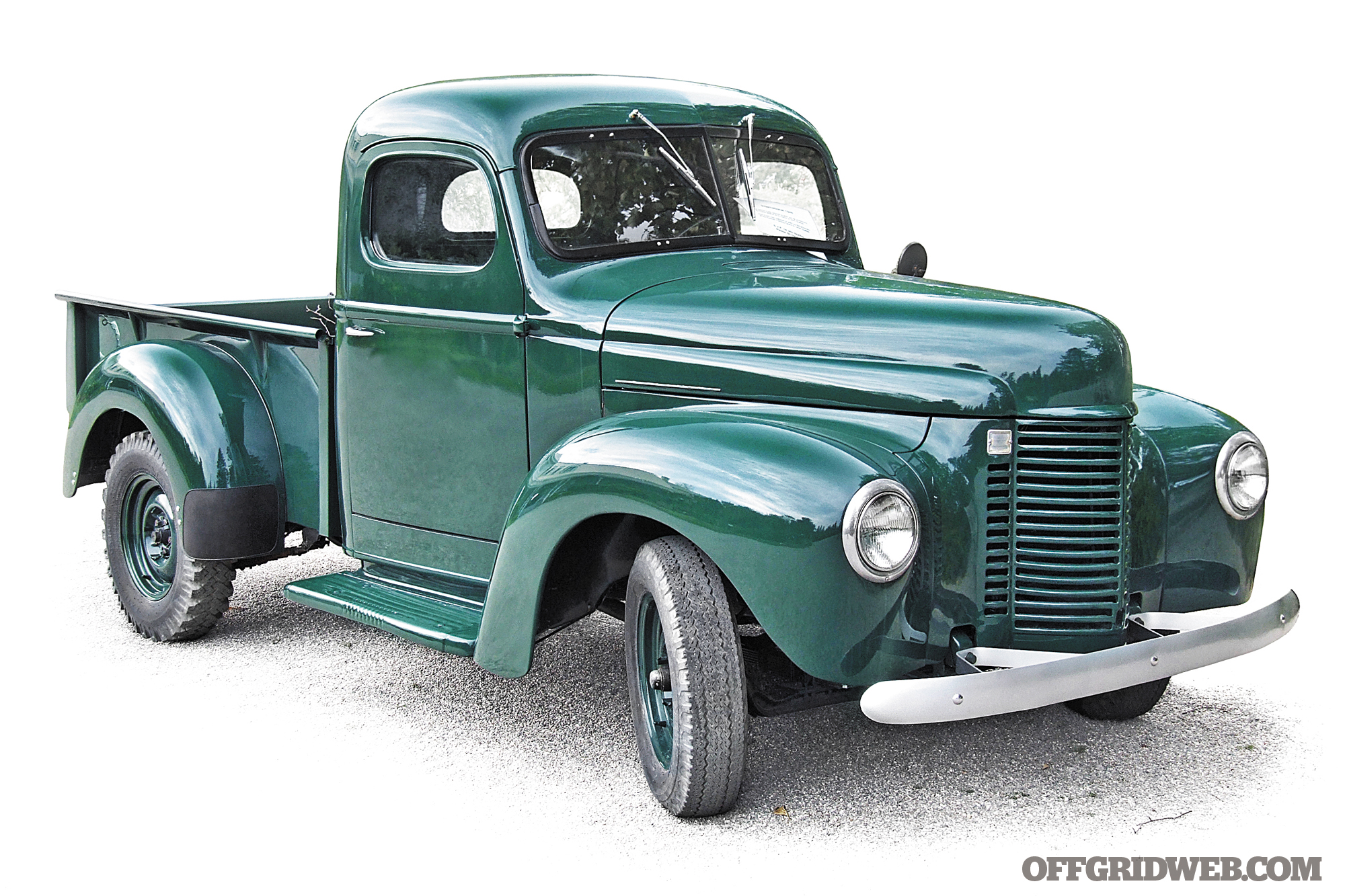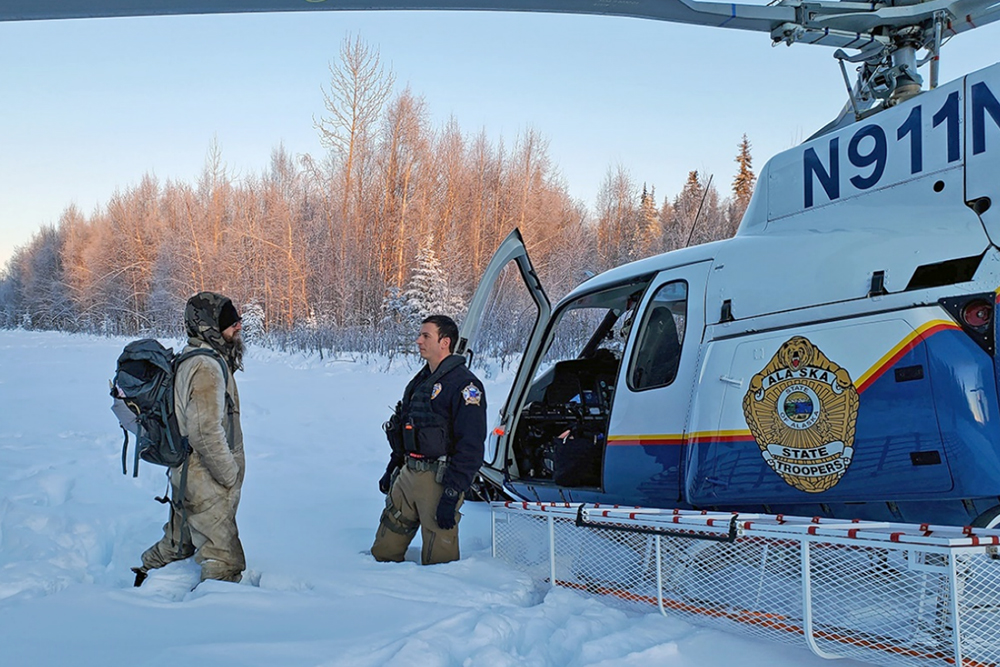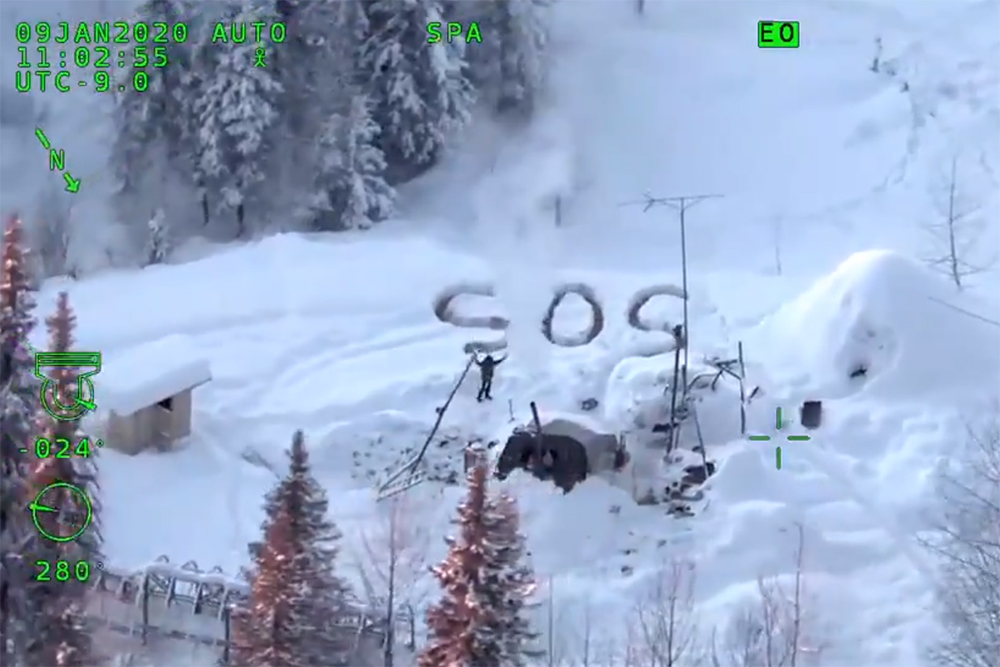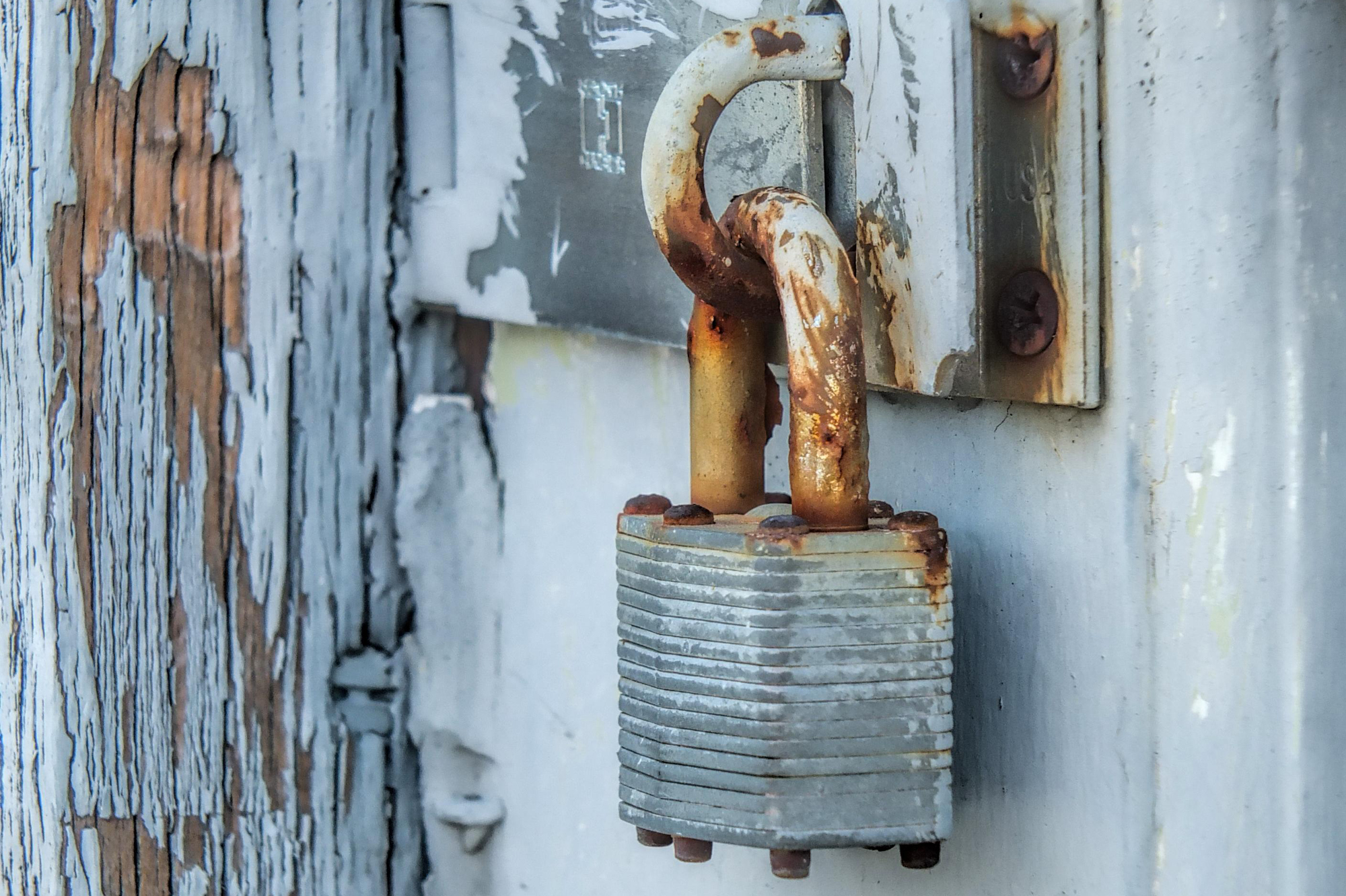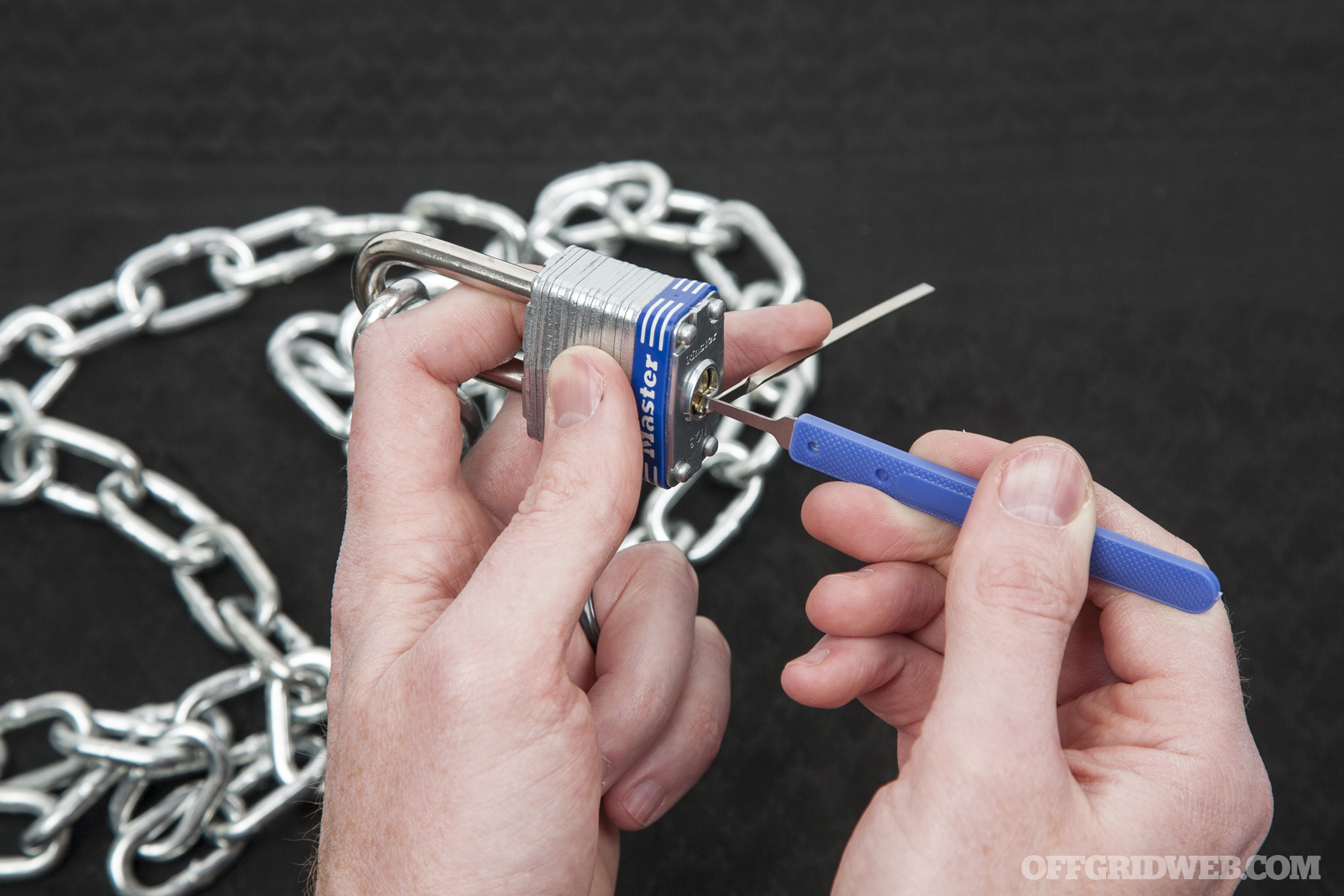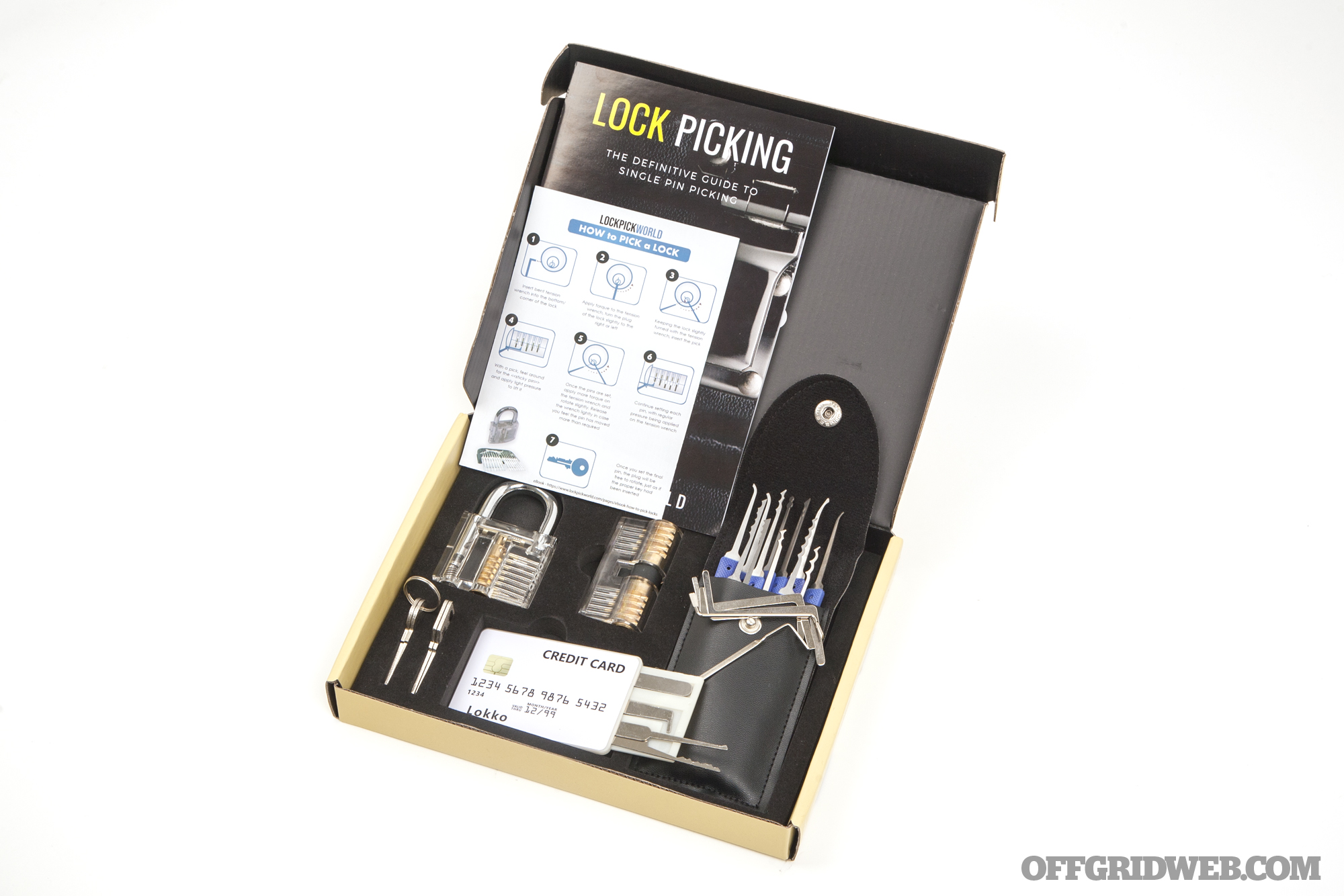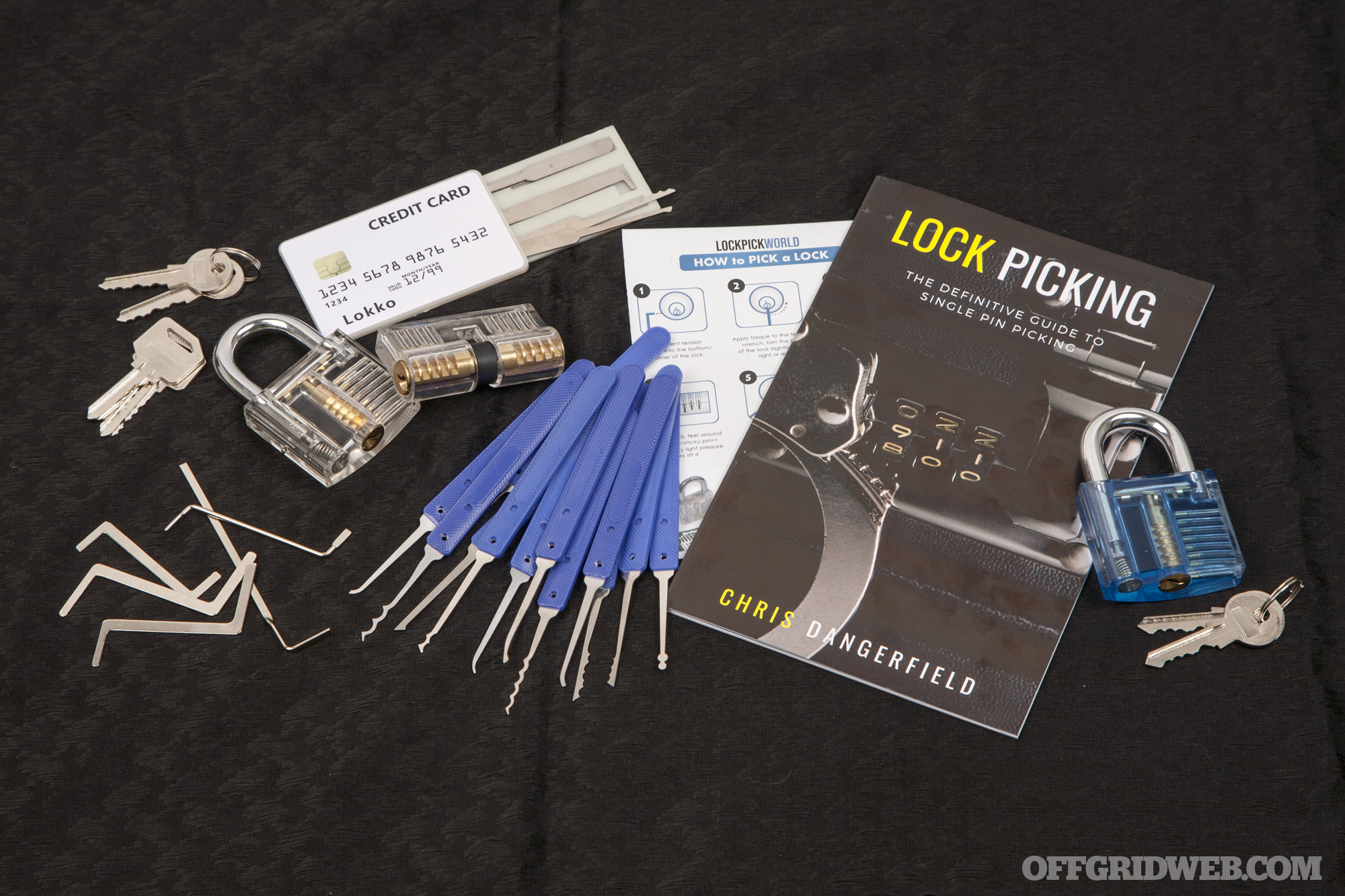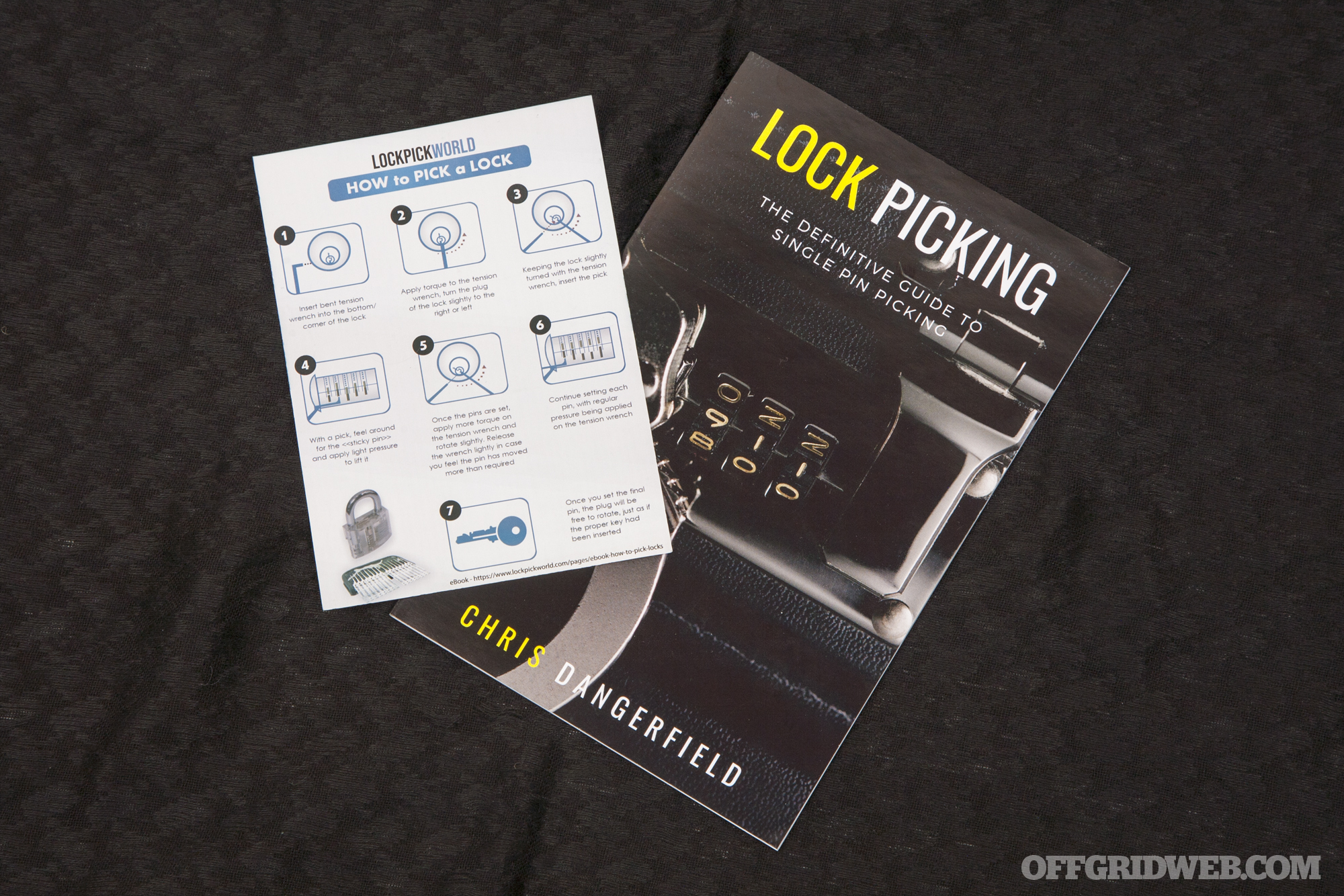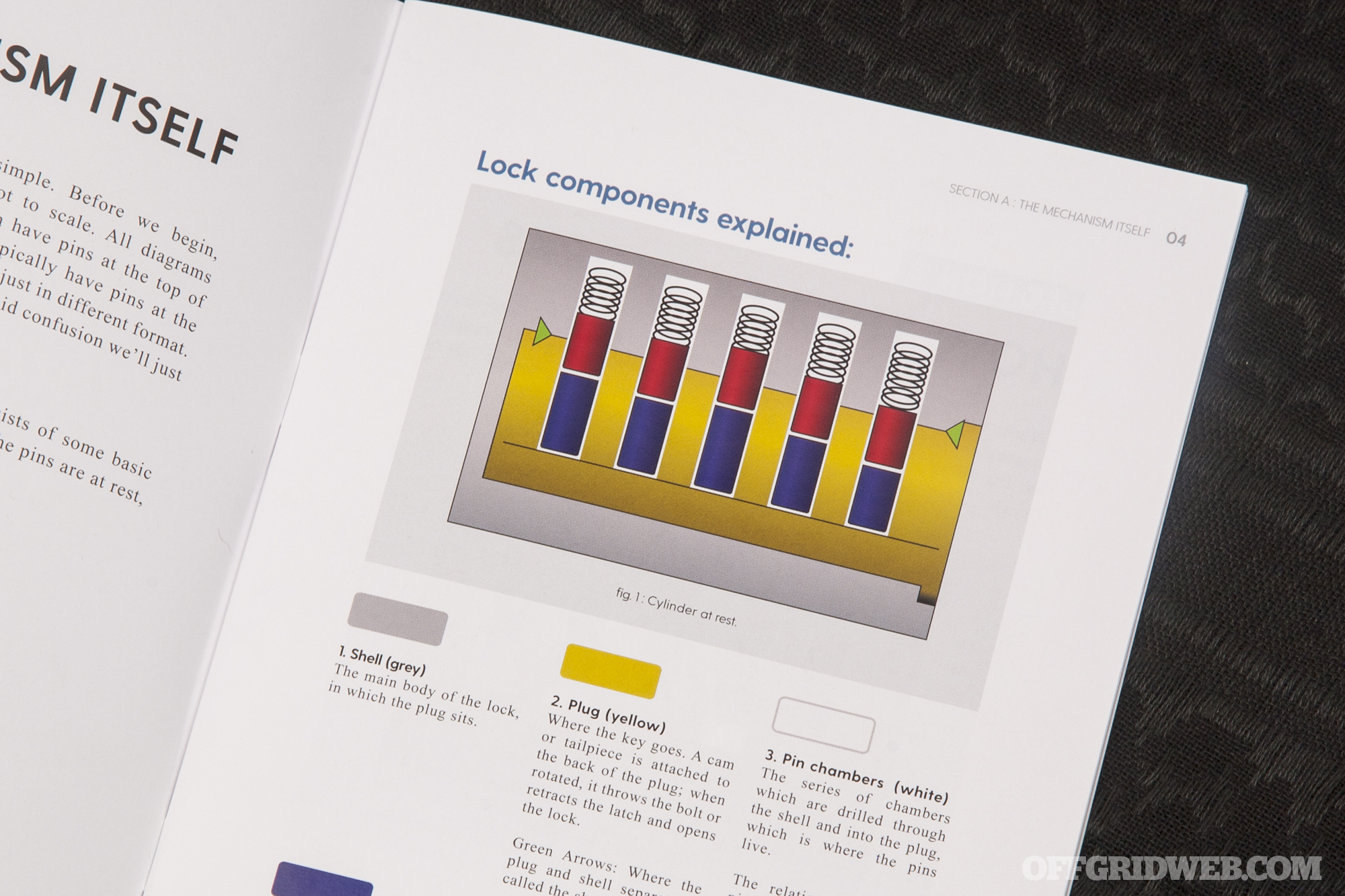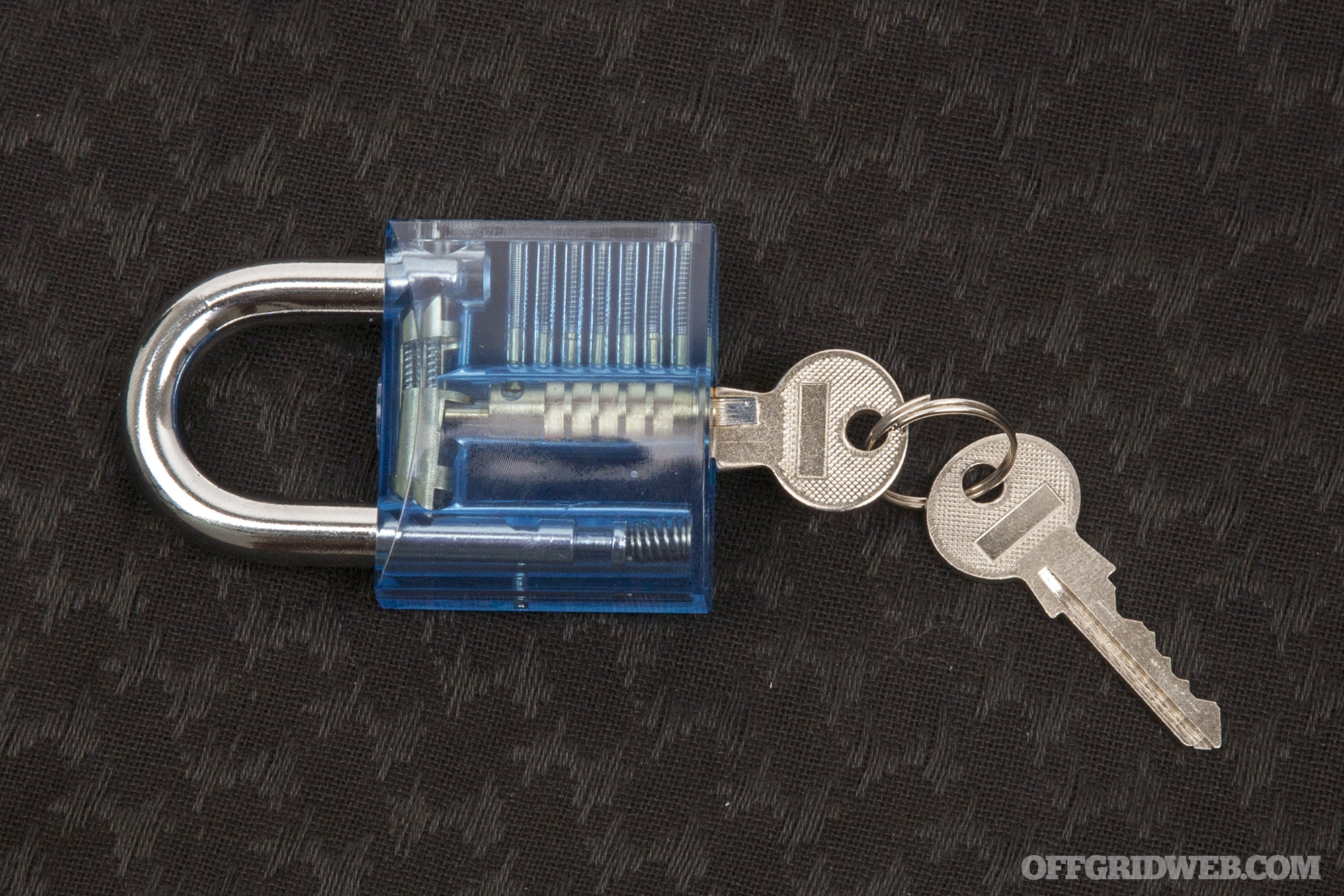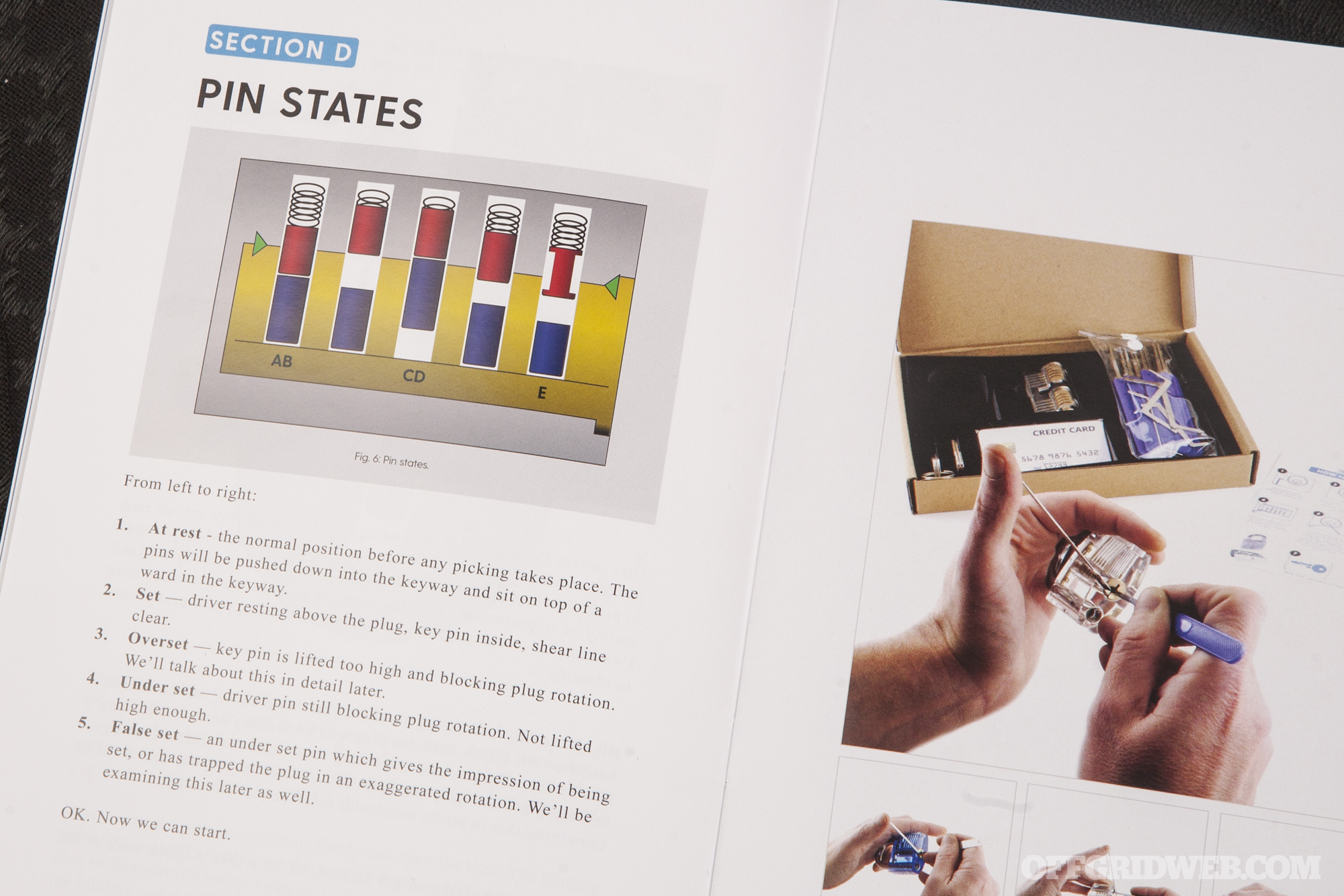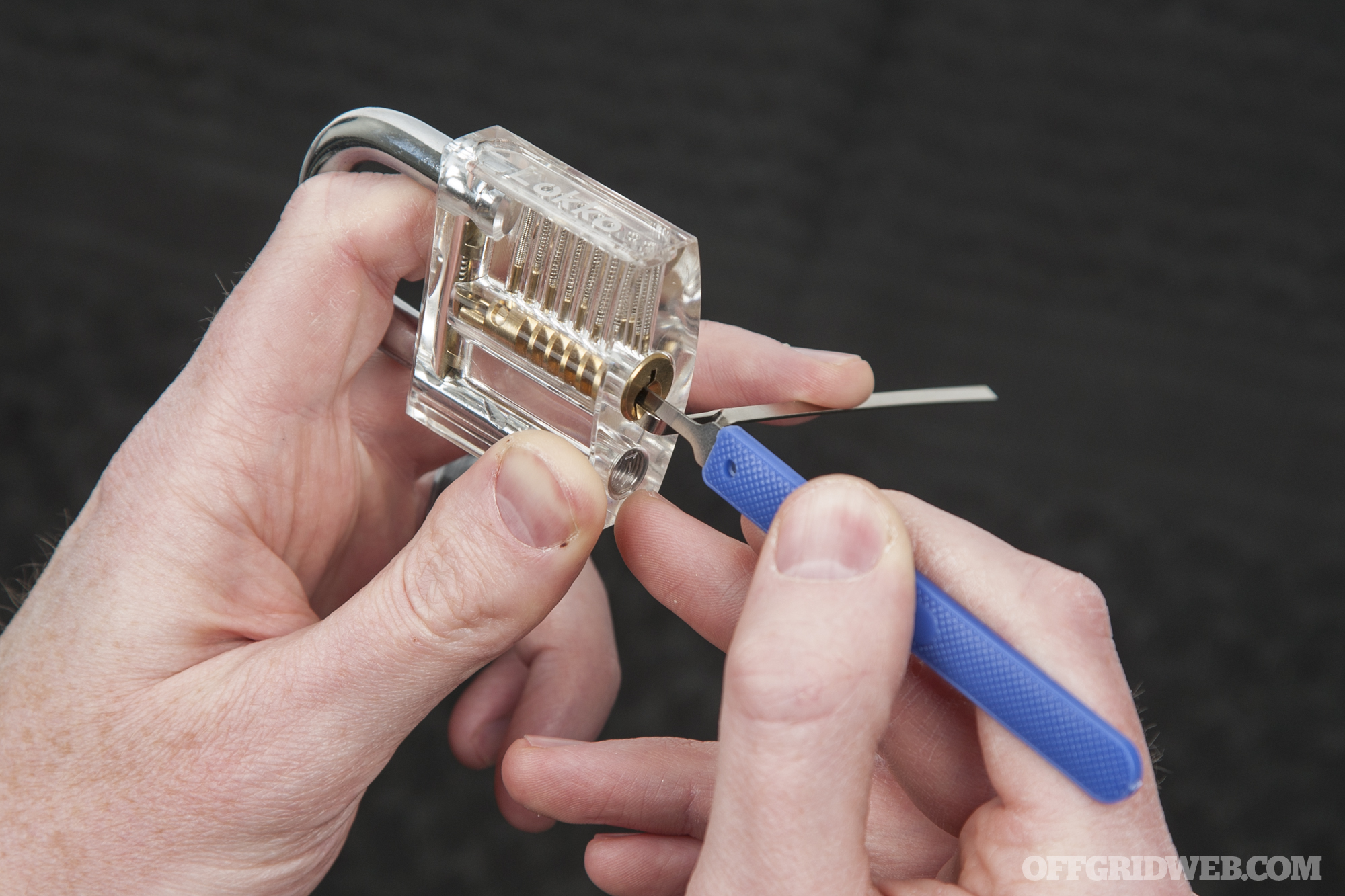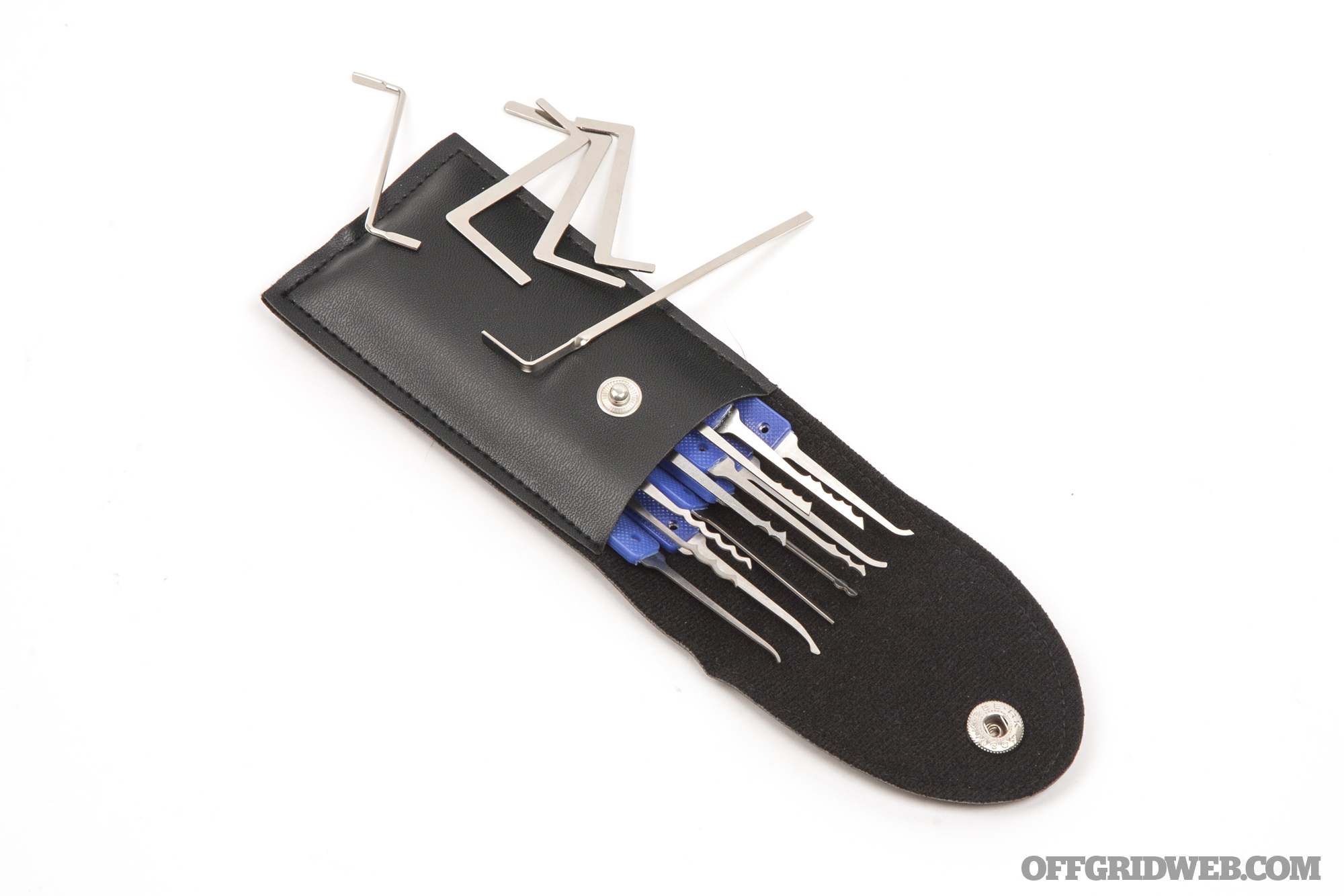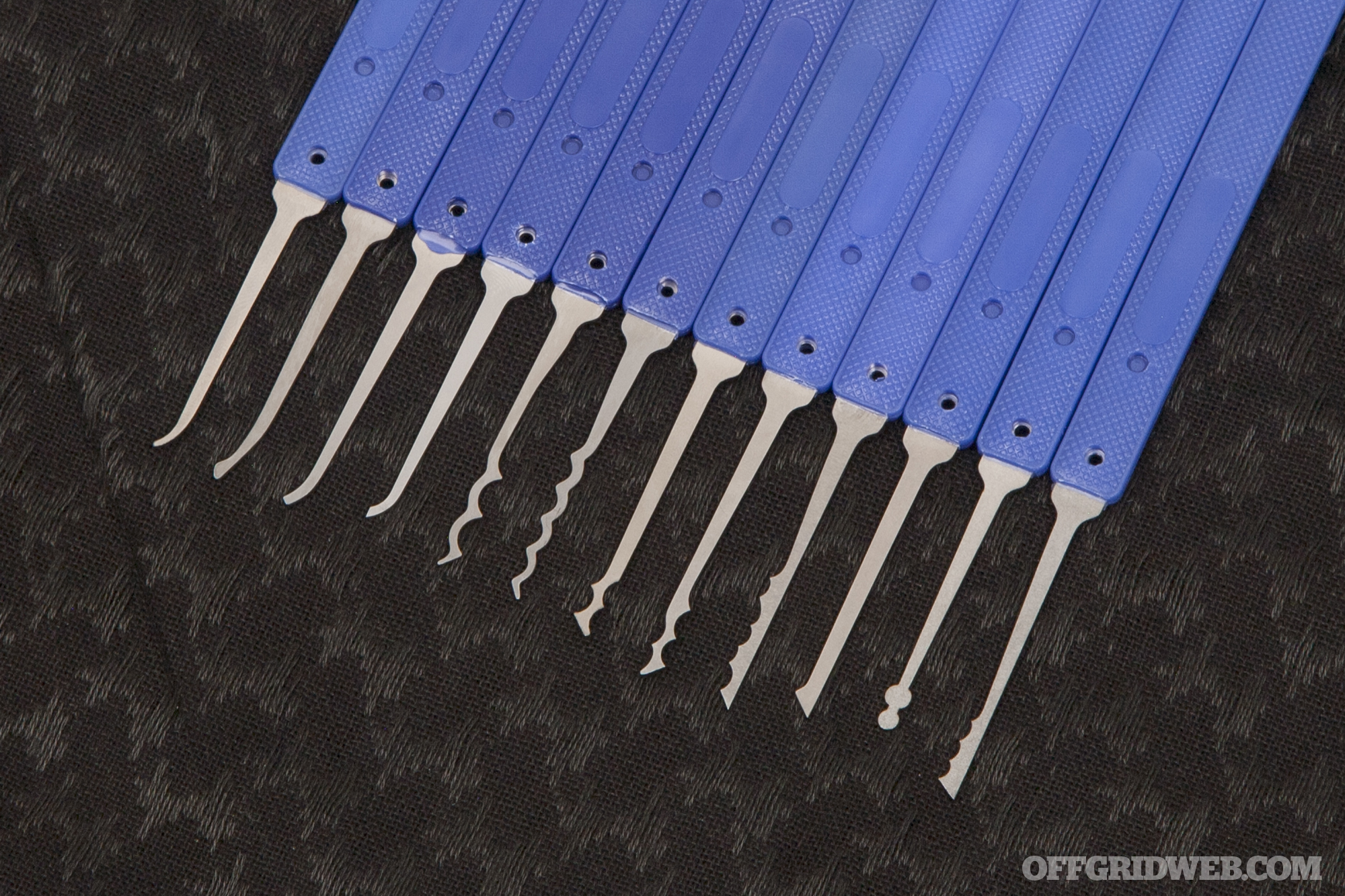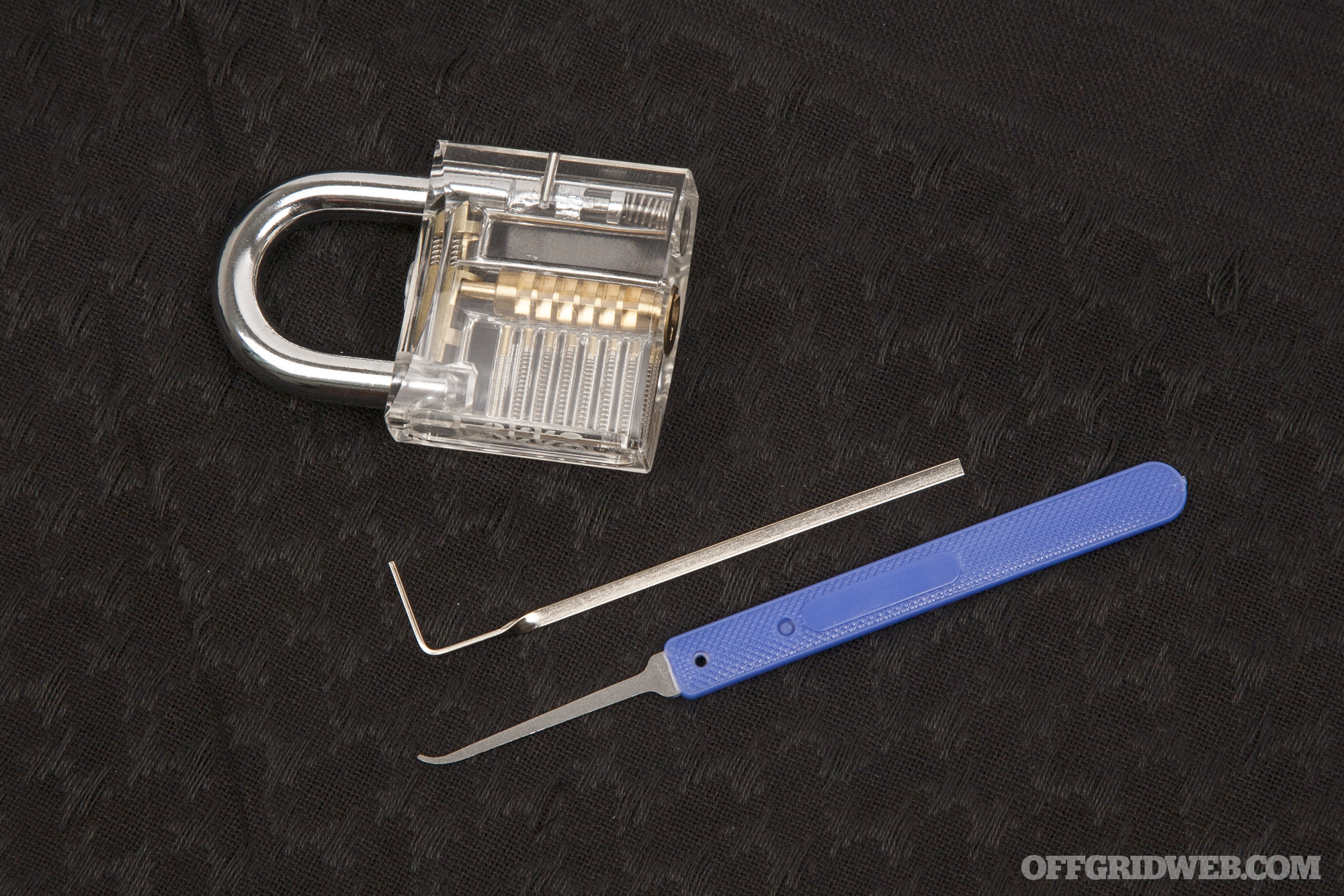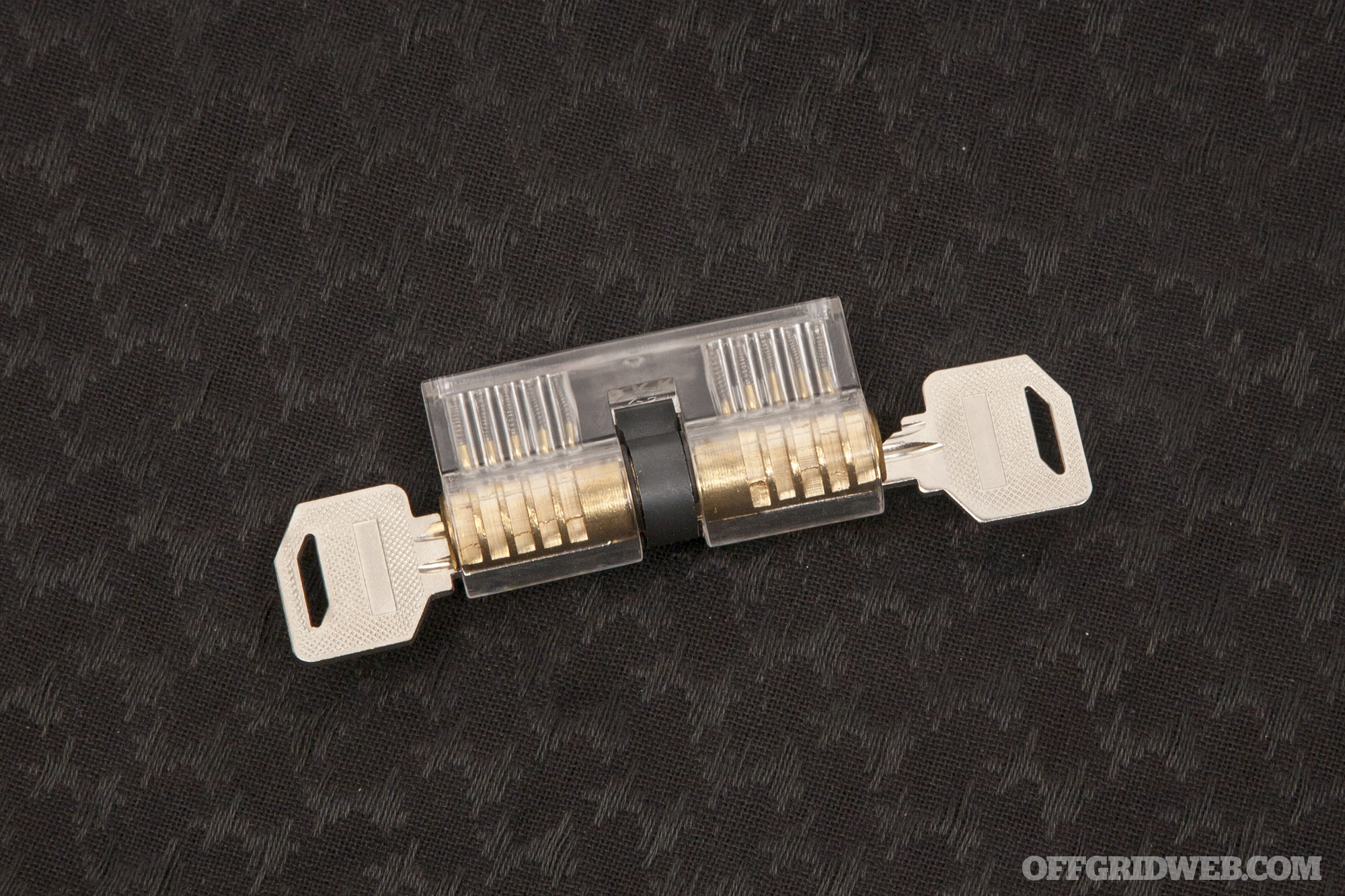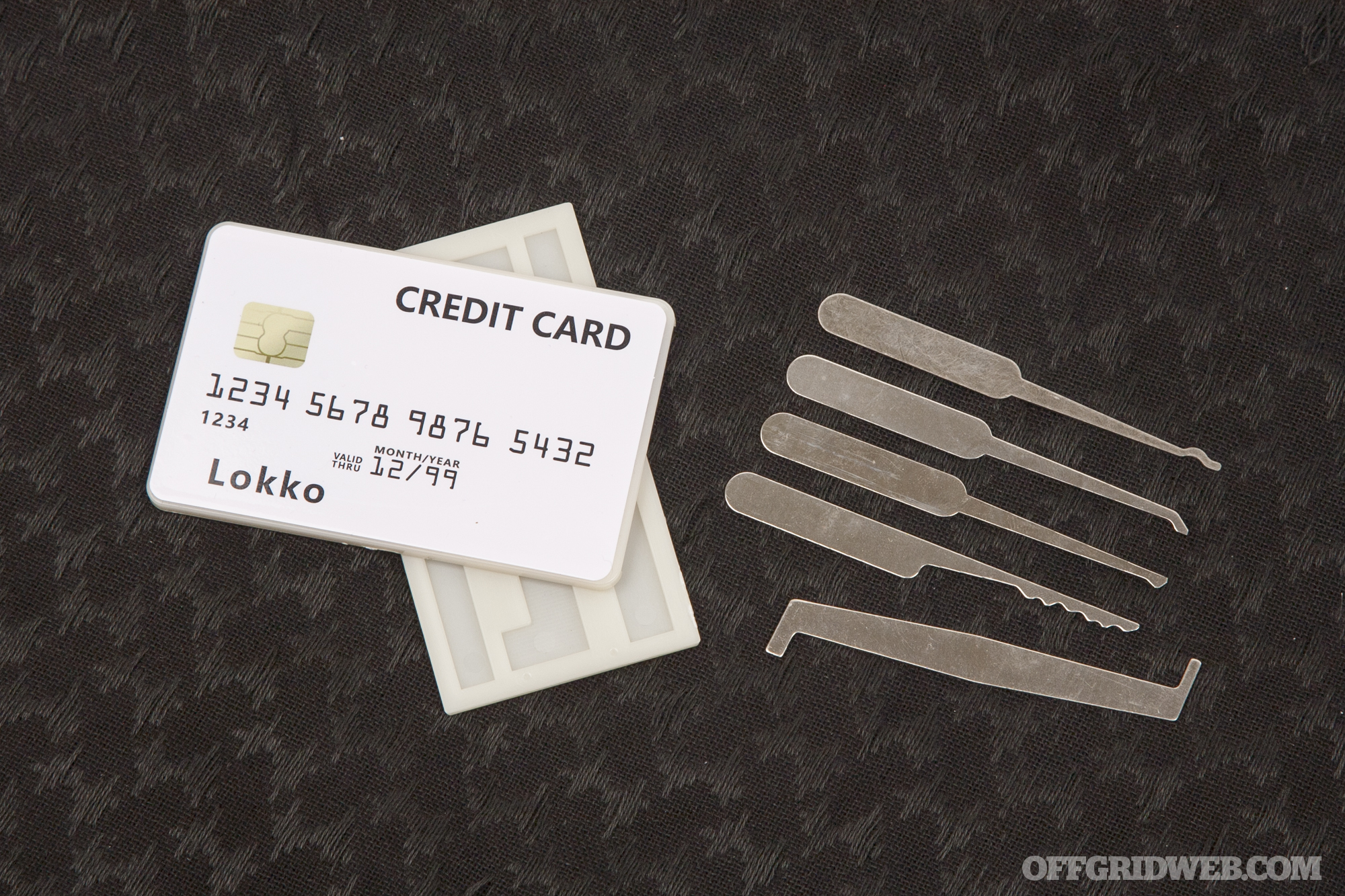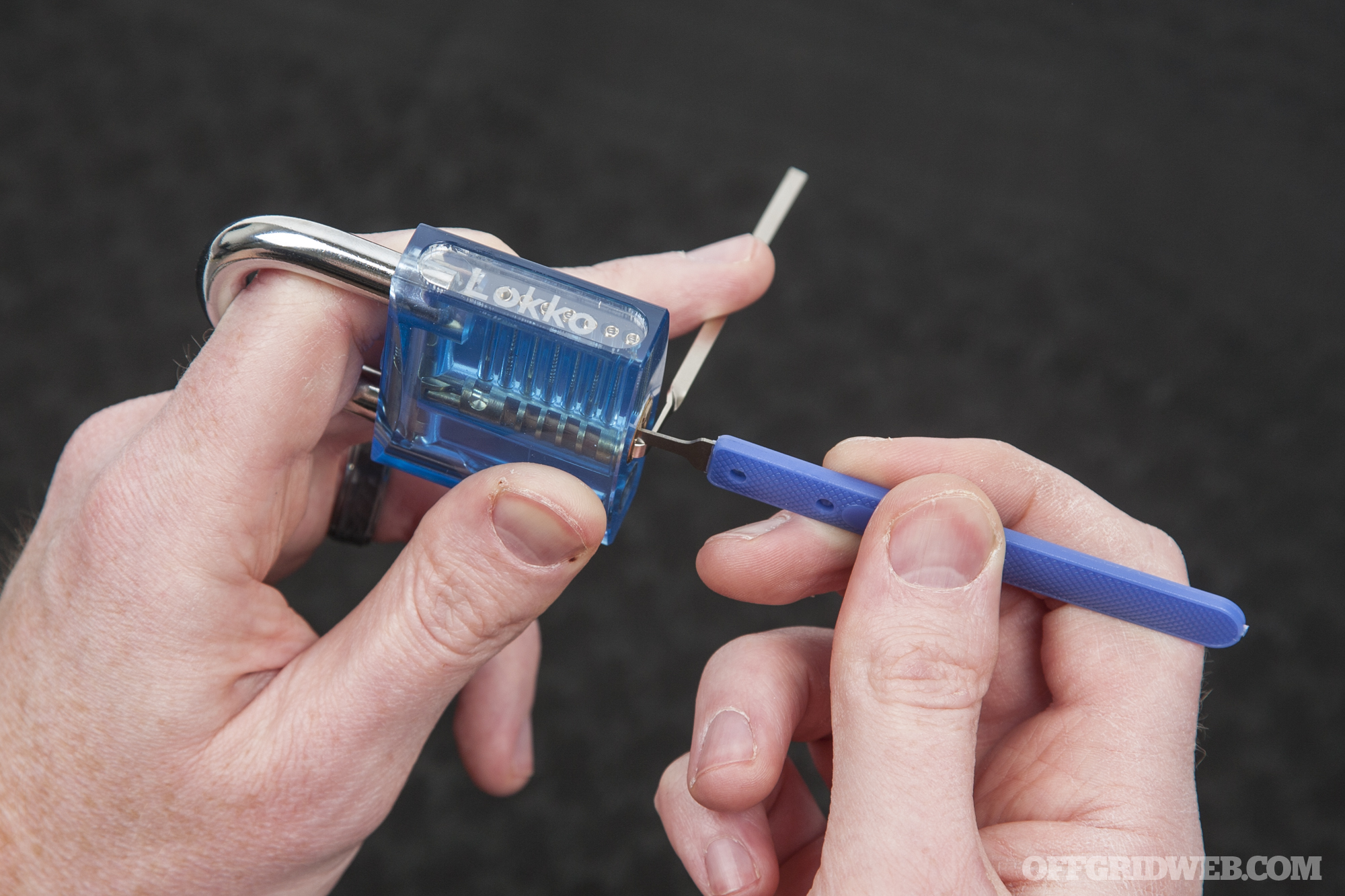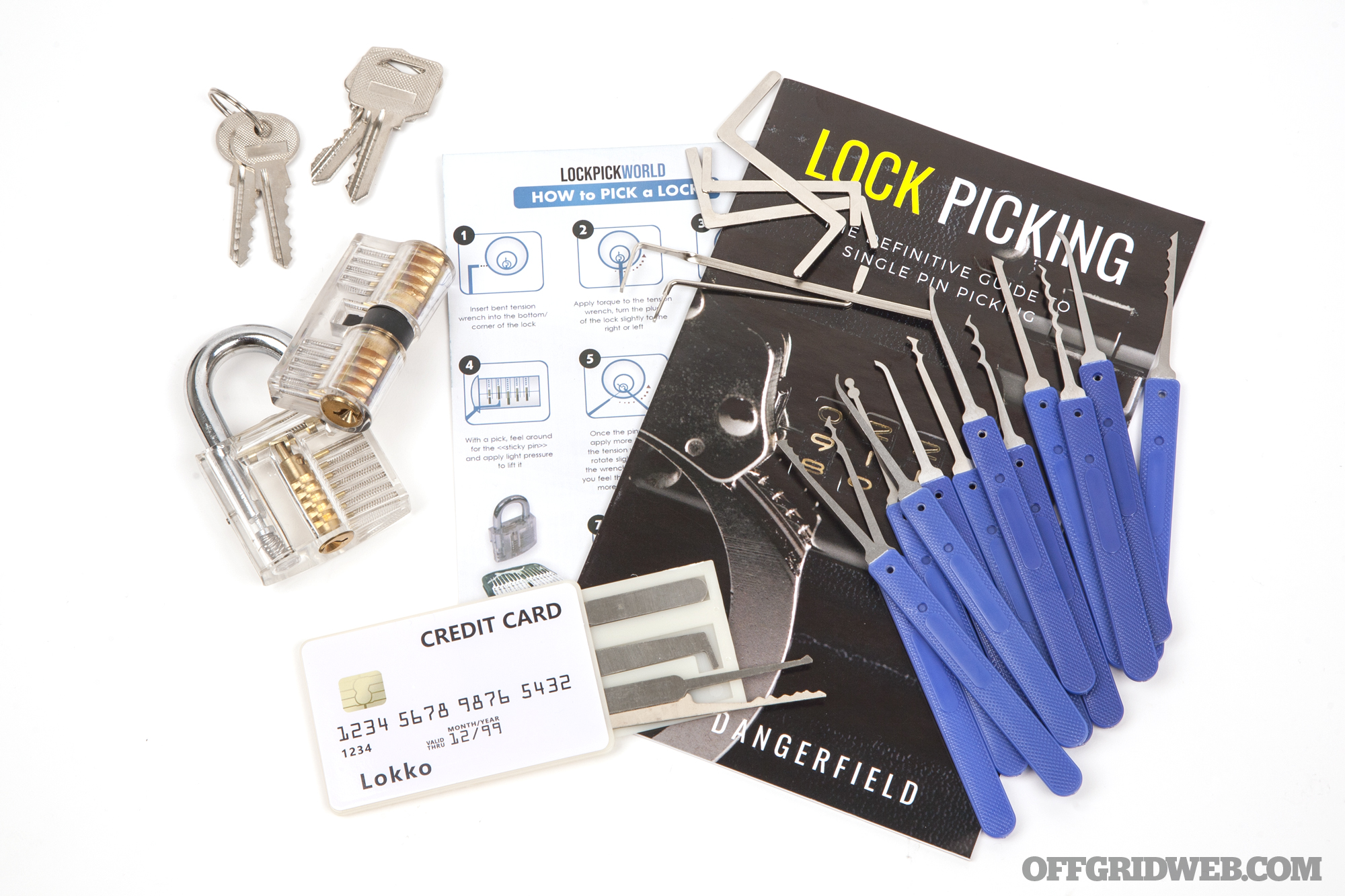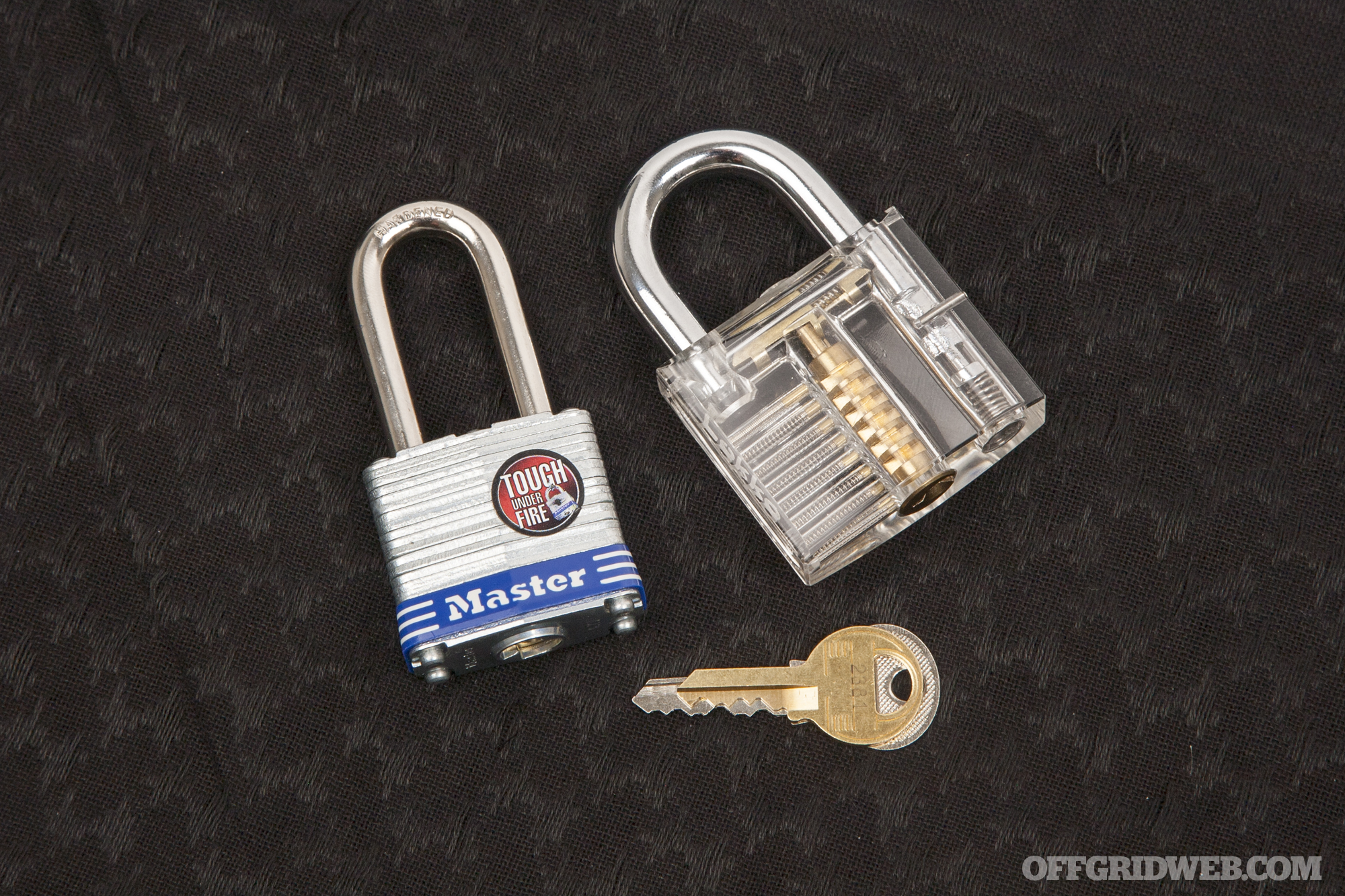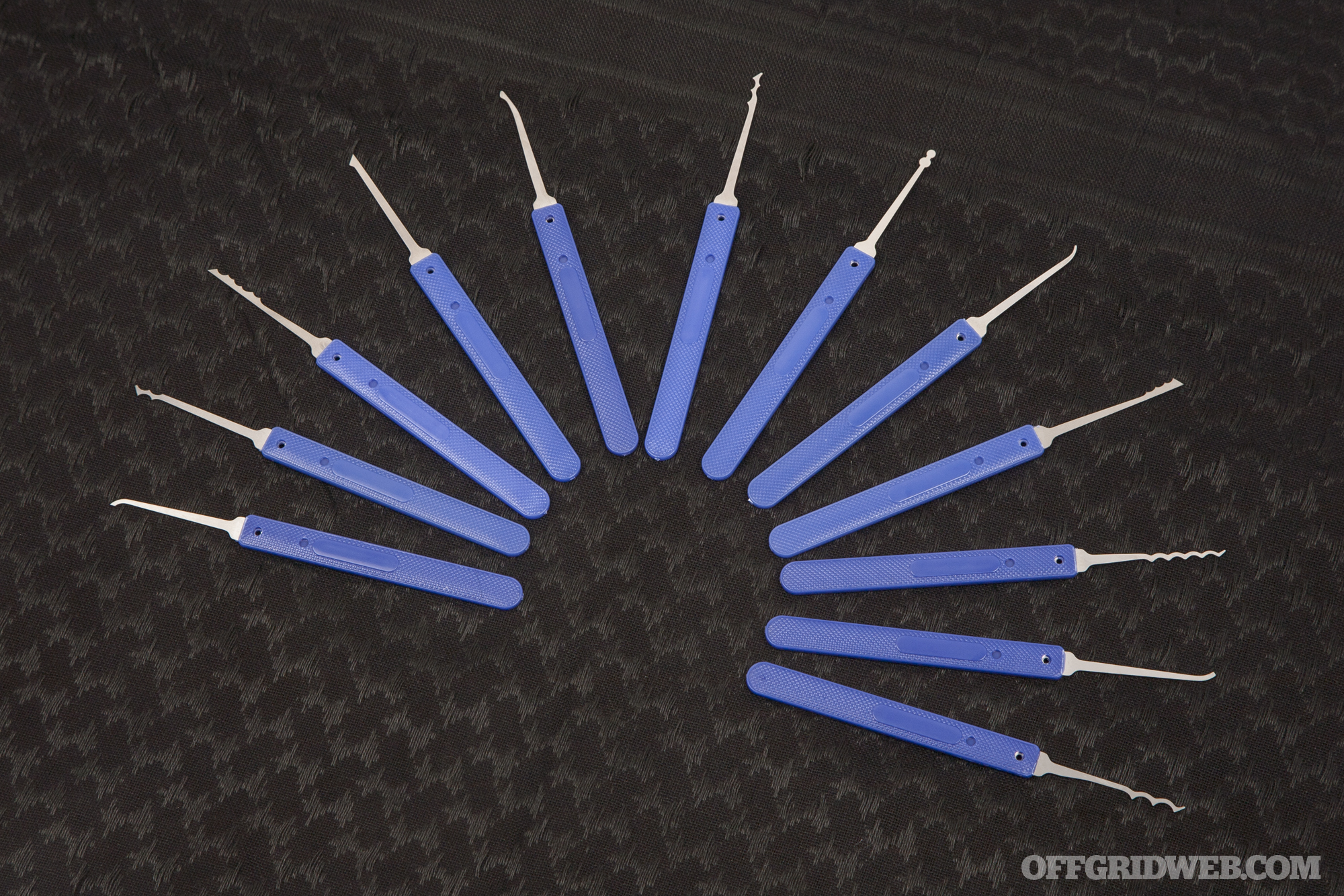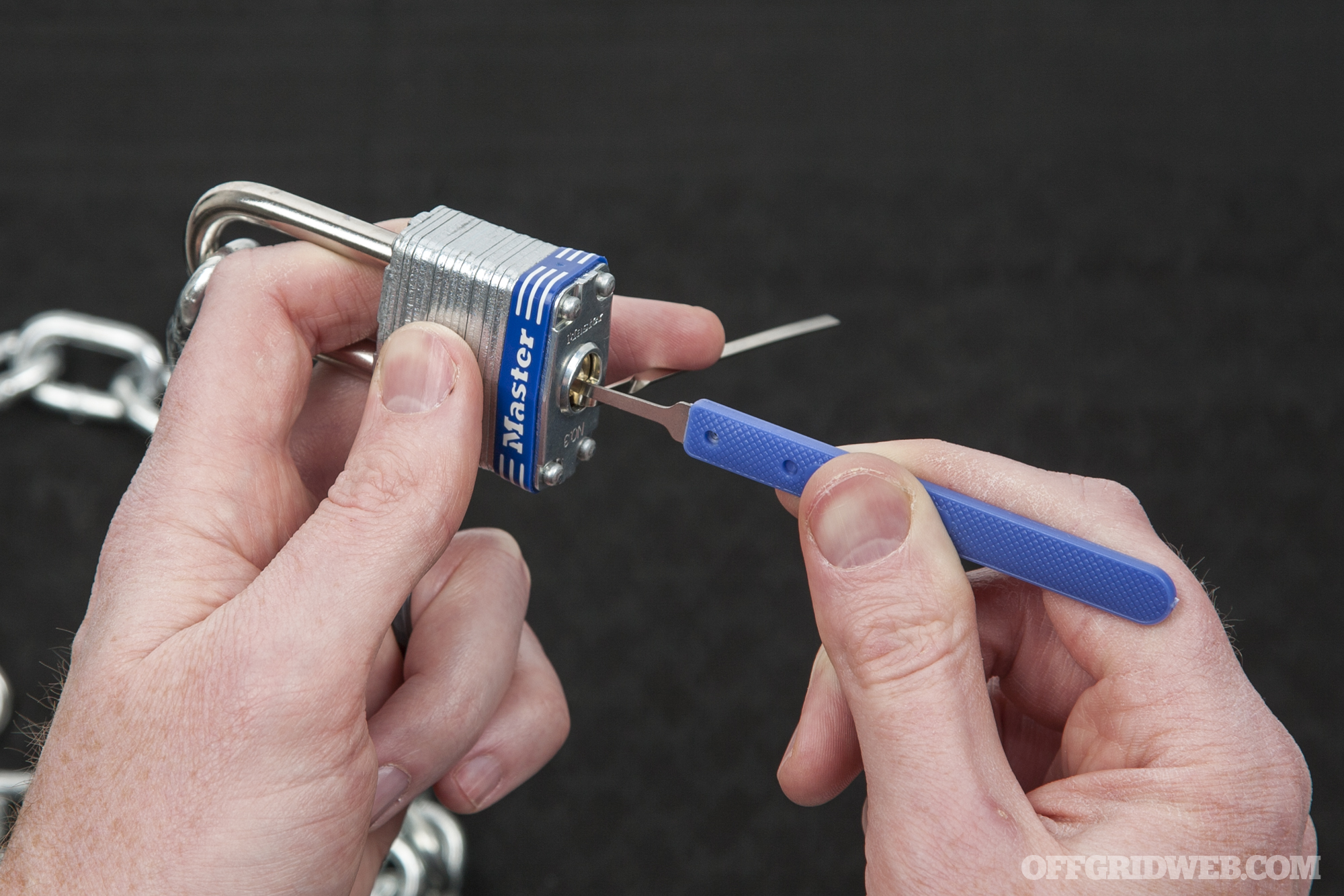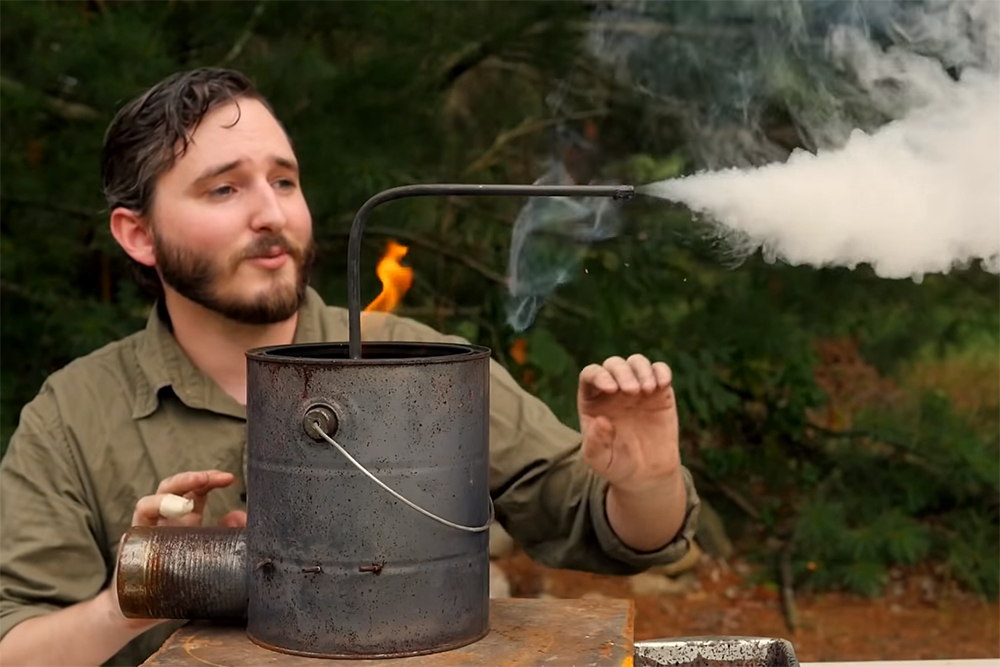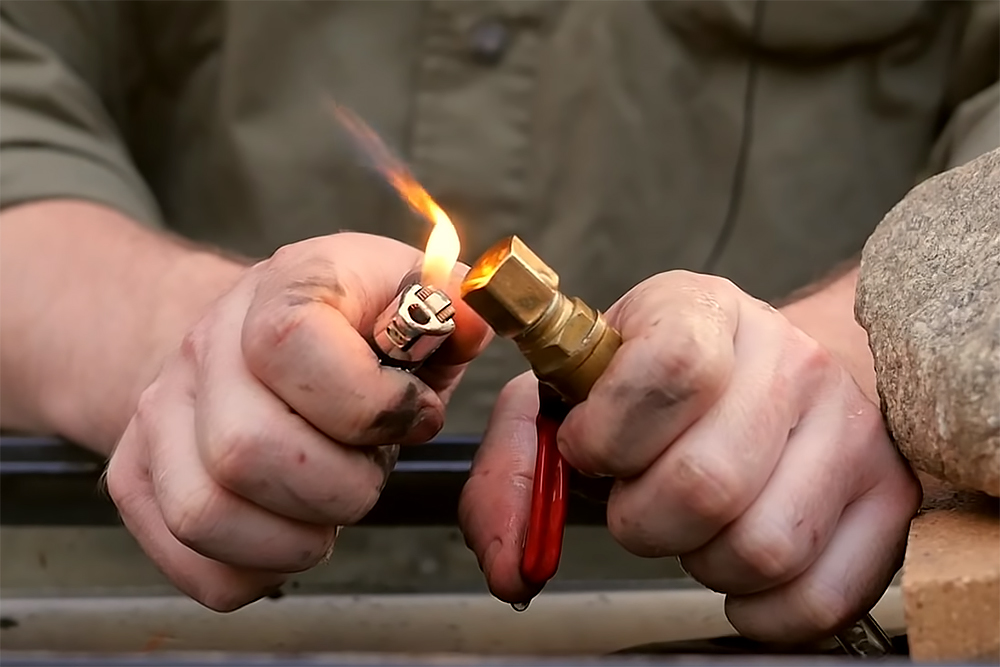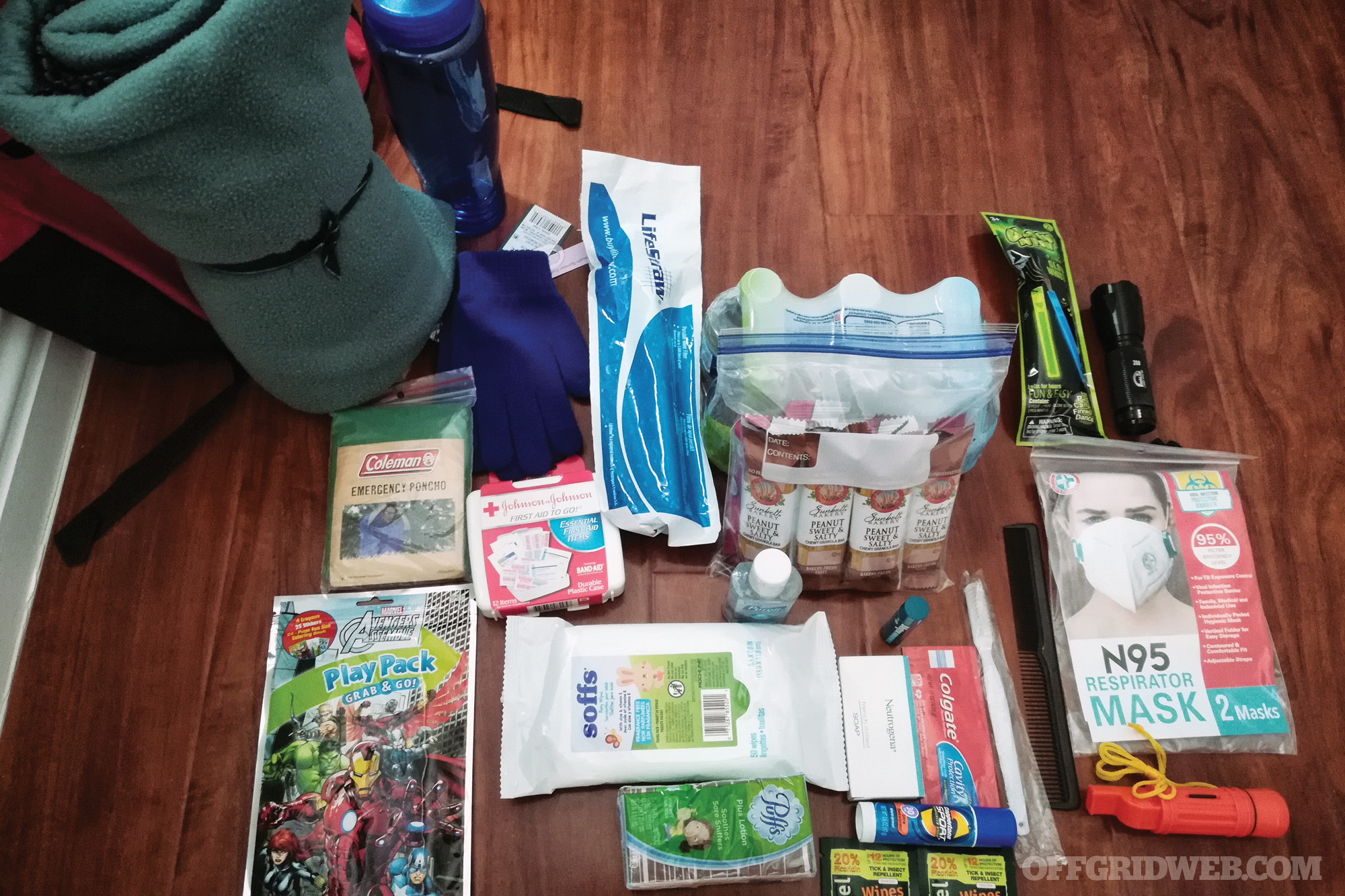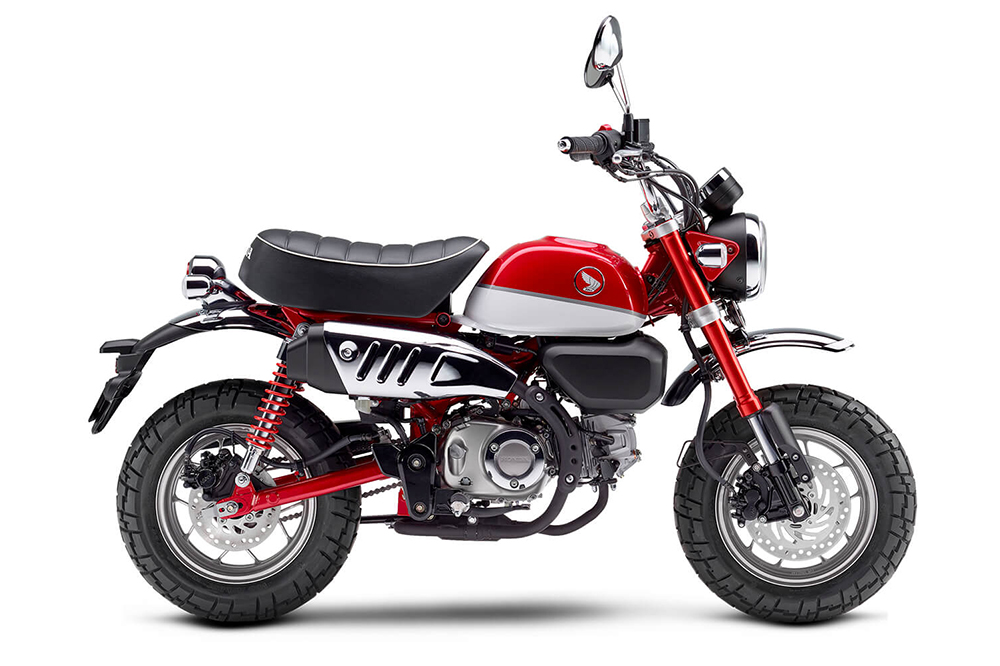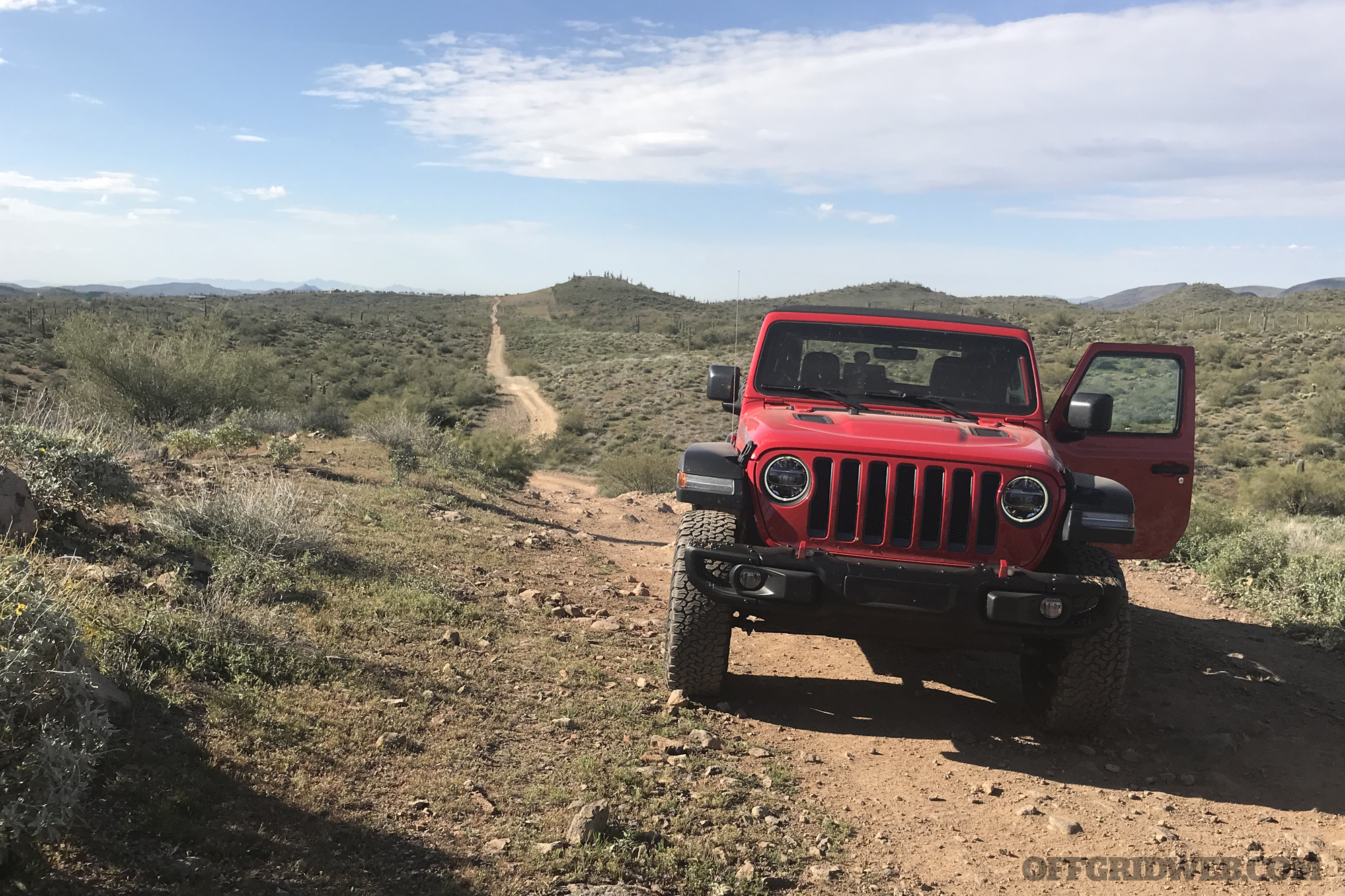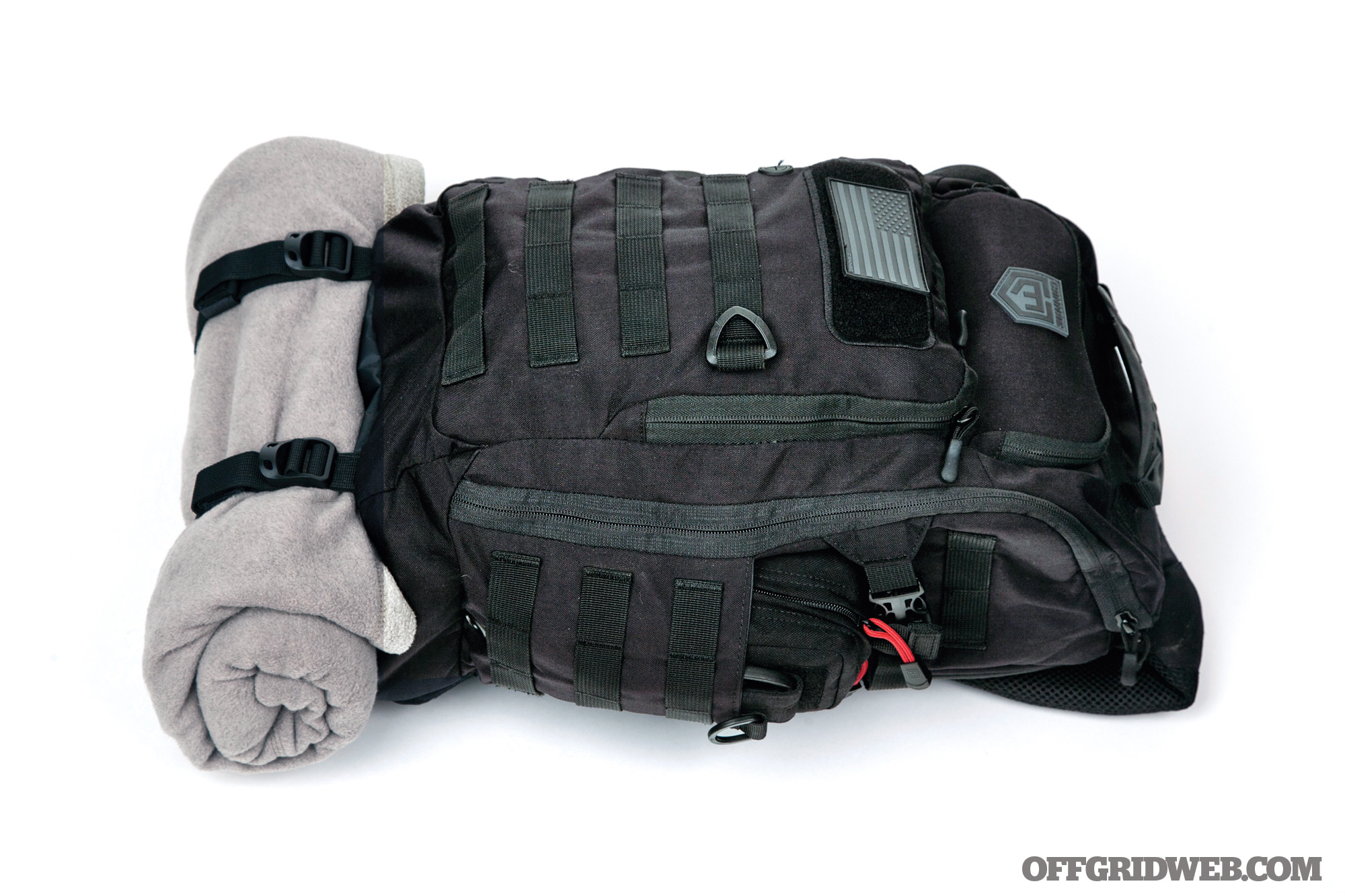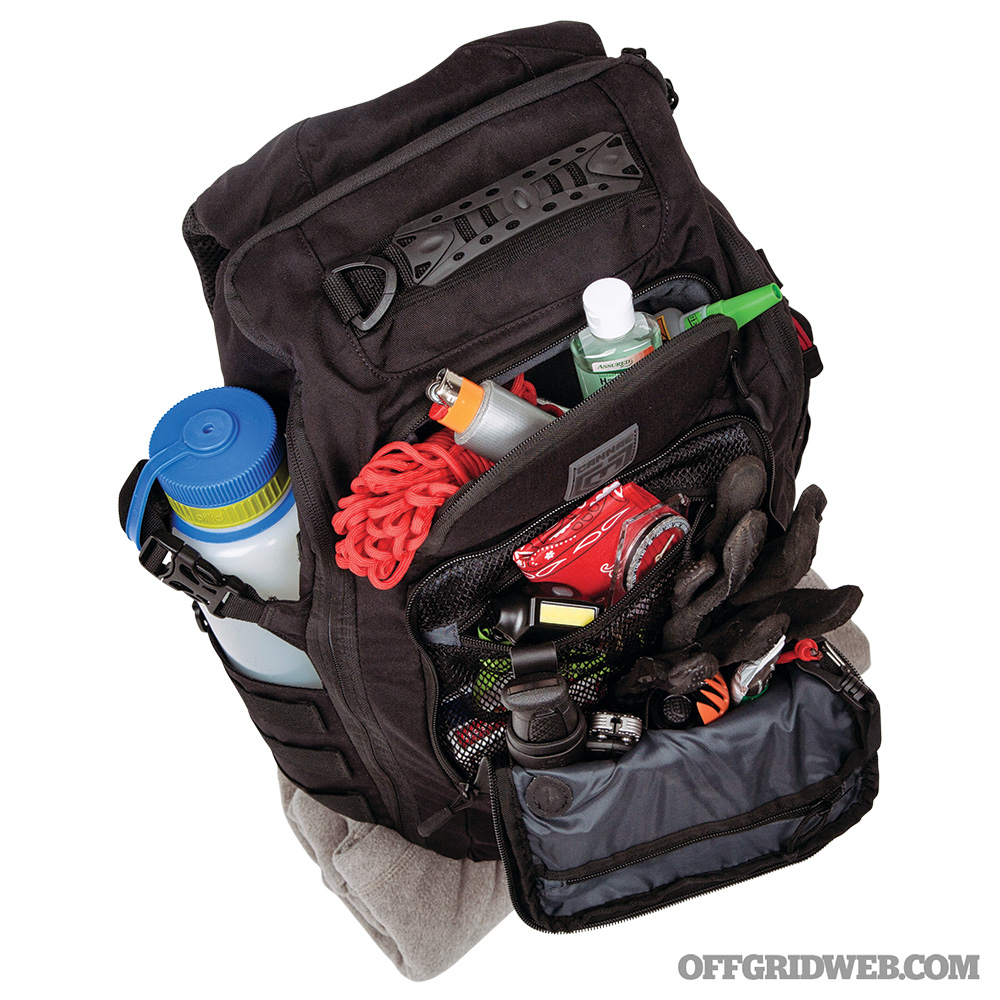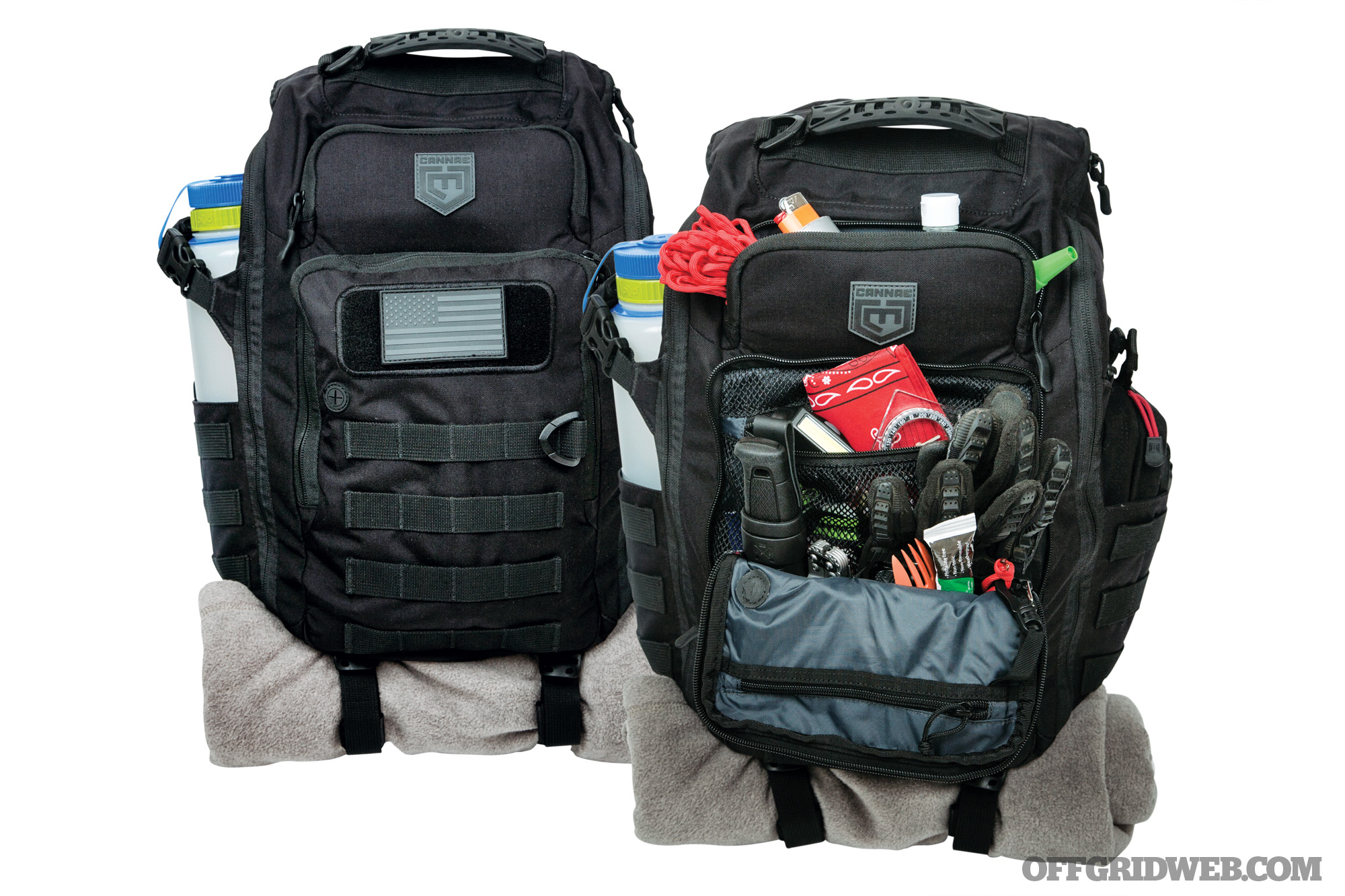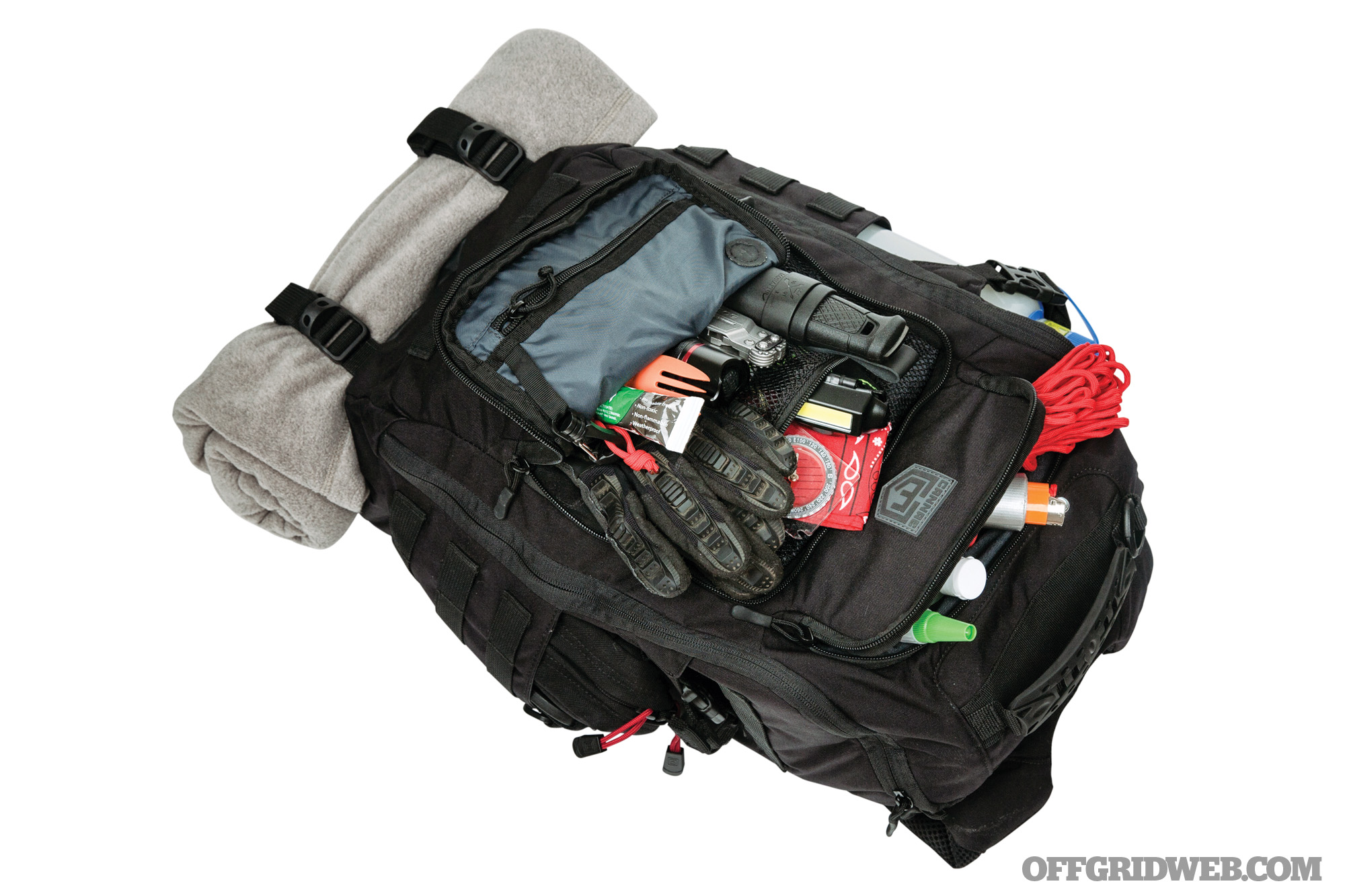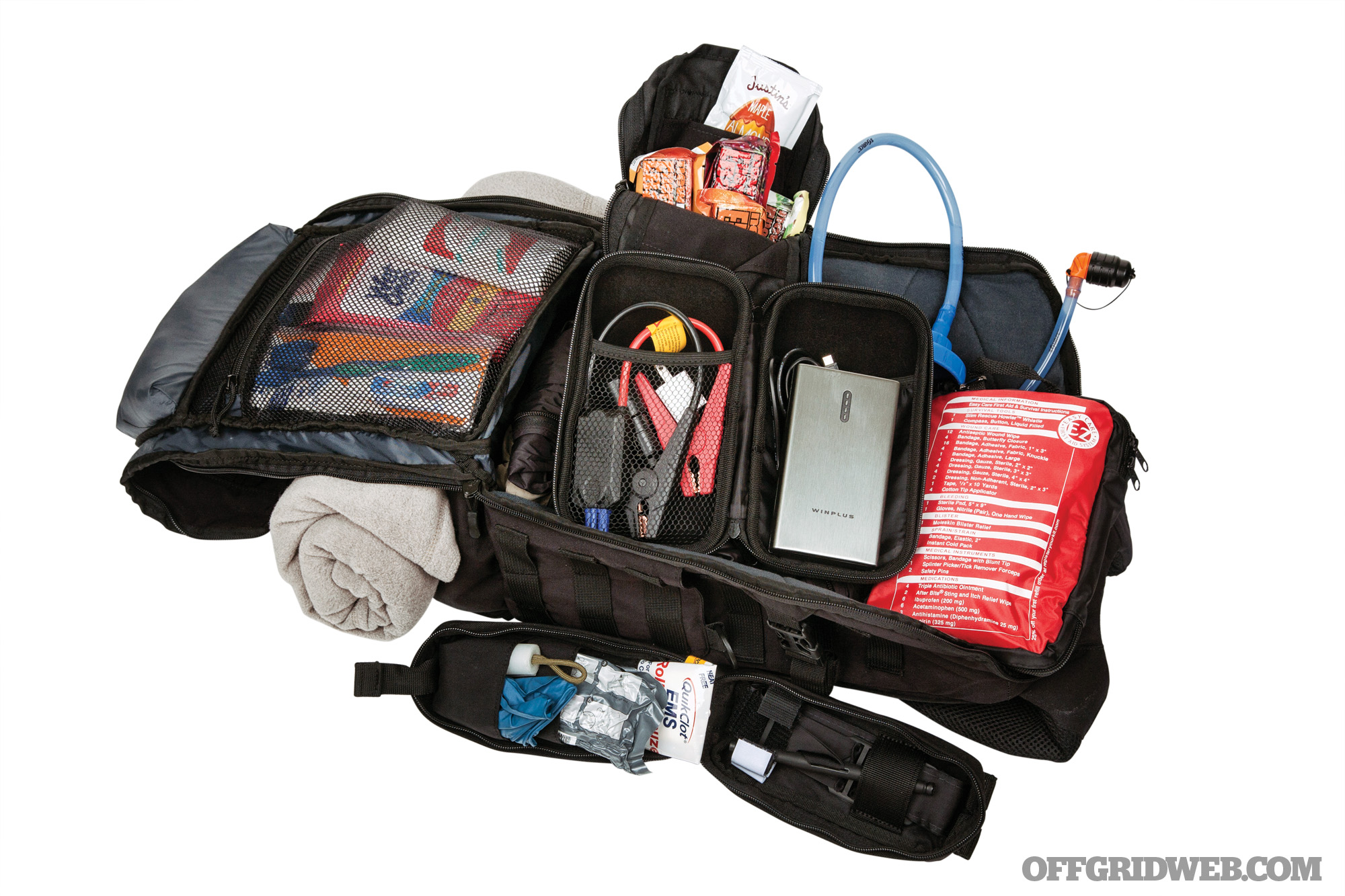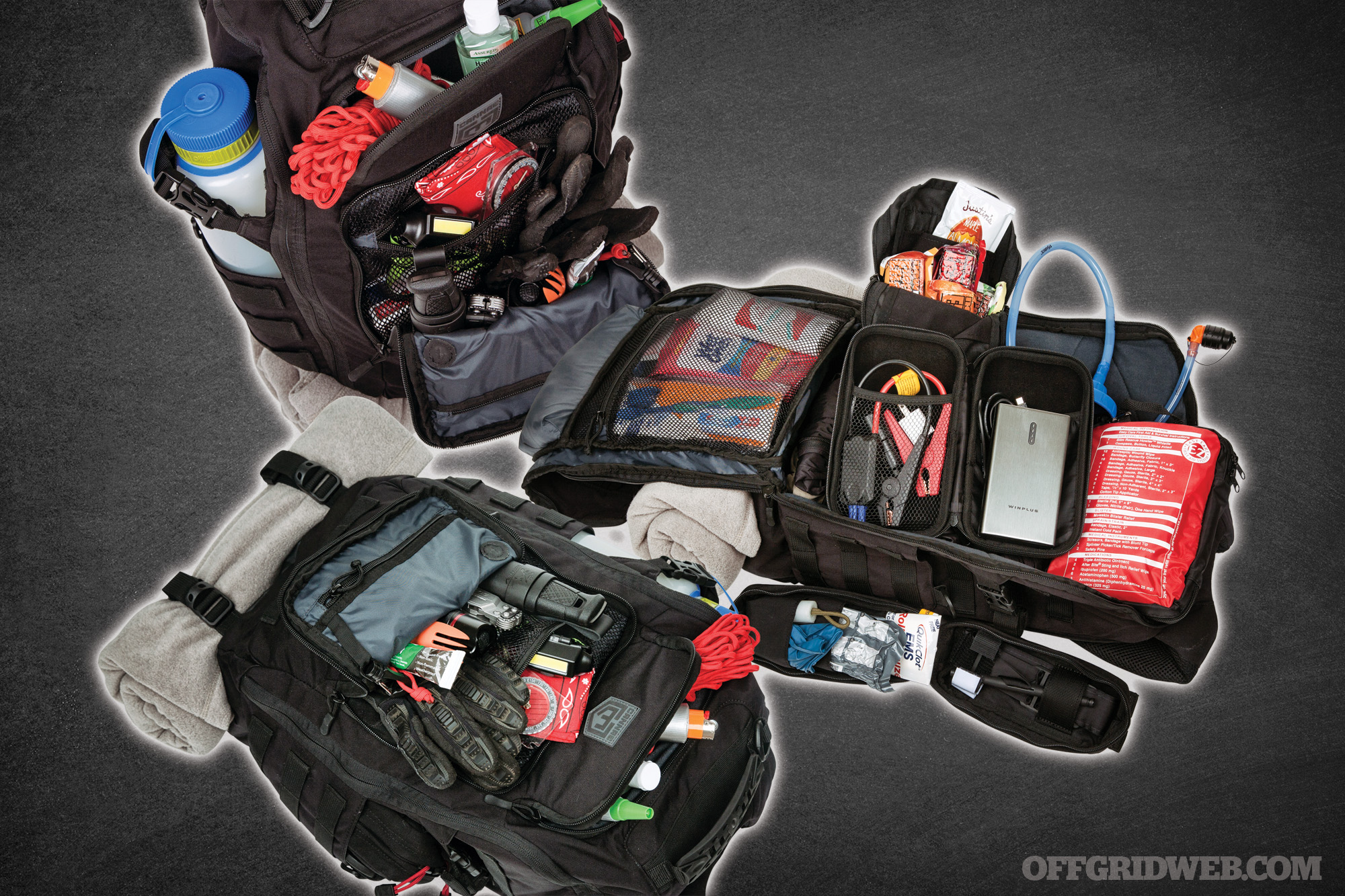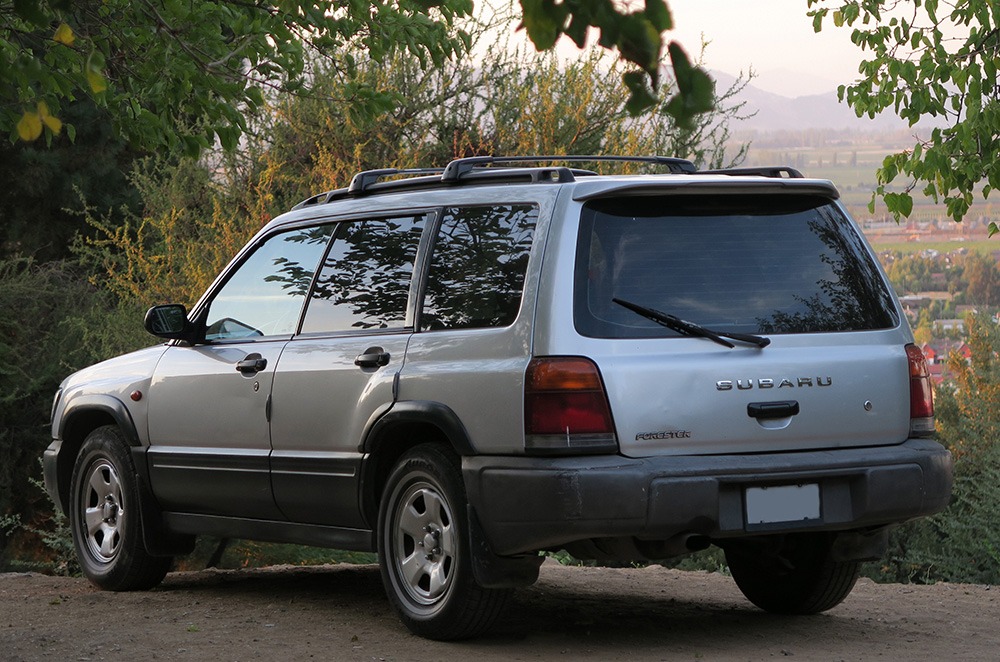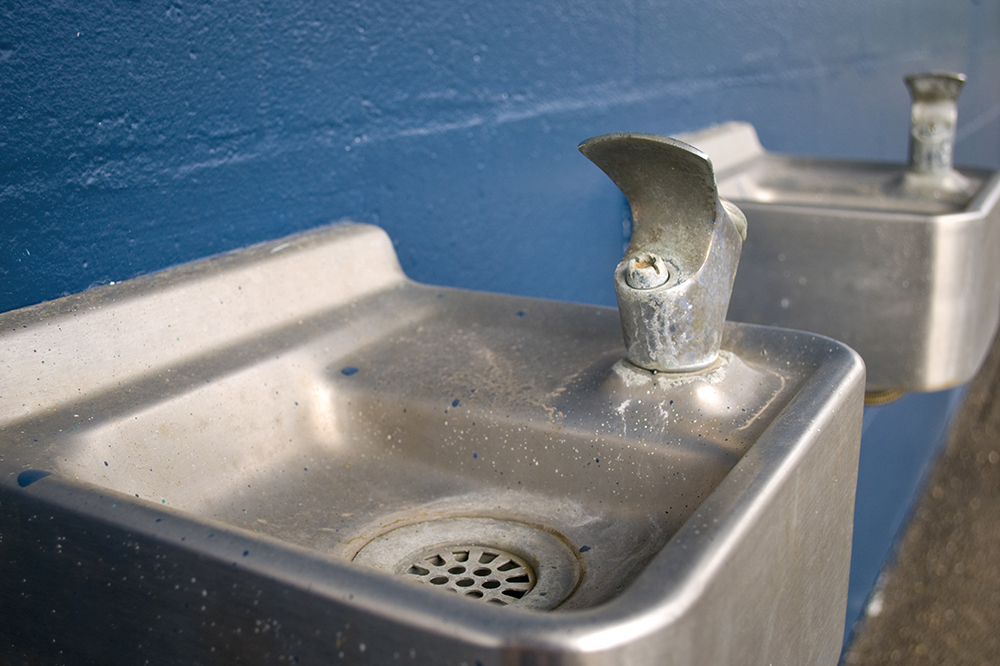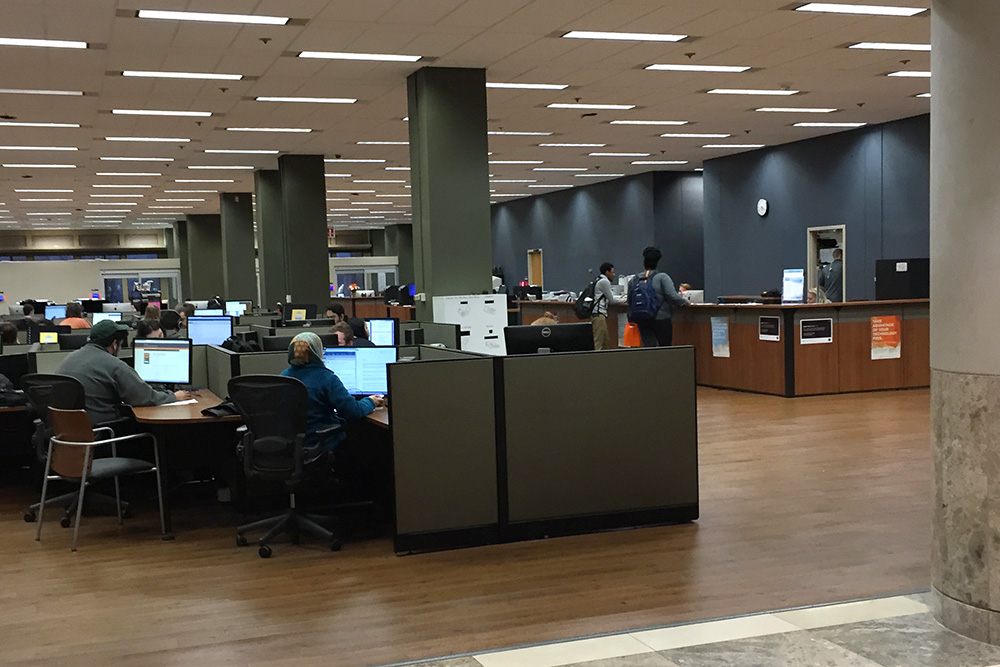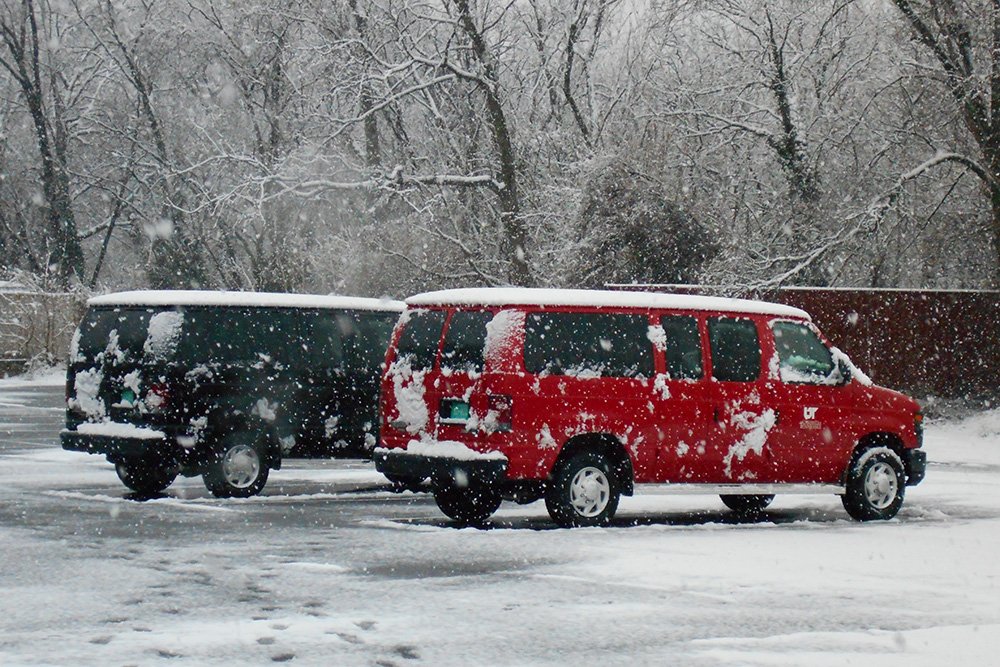Photos by Bernie Carr and RECOIL OFFGRID Staff
Despite parents’ best efforts, large-scale disasters often result in kids getting separated from families. During Hurricane Katrina, more than 5,000 children were displaced. Fortunately, nearly all of them were later reunited with their families, but the search process took several days. There’s always a chance you won’t be with your kids when an emergency happens, which underscores the importance of equipping your children with a survival backpack and teaching them how to use its contents.
In this modern era of off-the-shelf conveniences, there’s the temptation of letting someone else do the work and assuming that careful deliberation went into the selection of products. Way back in RECOIL OFFGRID Issue 6, we reviewed a few premade bug-out bags with mixed results. Now we turn our attention to three premade survival backpacks geared toward children. We evaluated each of them for quality, price, practicality, and a few other key criteria.

In the upcoming second part of this article, we also assembled our own DIY survival pack to show how you can build custom loadouts for your kids based on your budget and their needs.
Why Buy a Premade Survival Backpack?
The main reason to buy a premade survival kit is convenience. Many parents — especially those who aren’t experienced preppers — may not have the time, energy, or understanding of how to build a survival kit. This quick purchase is intended to cover a child’s basic needs for a set amount of time, such as 72 hours.
Prepackaged survival kits are designed to cover basic requirements like respiration, water, food, light, shelter or warmth, and communication. They’ll save you time and help eliminate the guesswork on what to include. In some cases, manufacturers buy the items in bulk and are able to pass the savings on to you. By ordering one survival kit for each child, you can check it off your to-do list in a matter of days.
On the other hand, a prepackaged survival kit is by definition “one size fits all.” We all know every child is different and has unique preferences and abilities. For example, some children may not like the taste of the food bars provided, but in a survival situation, some food is better than no food at all. You also have a baseline of included products you won’t have to hunt down, but you can also embellish these with your own personal changes if desired. Would your child refuse to eat the food bars, be too young to use some of the tools, or leave the pack behind because it’s too heavy?
These are just a few of the points you must consider before deciding if a premade kit is sufficient for your kid.
What Should a Kid’s Survival Pack Include?
In general, a child’s survival kit should include the basics:
Water: Most preparedness sites, including Ready.gov, recommend a gallon of water per person per day for drinking and sanitation. However, for a portable survival kit, that amount of water would be too heavy for a child to carry. Include at least six 4-ounce water bottles for children under 11 years of age.
Food: Food in the survival backpack should have a long shelf life, be lightweight, and easy to consume without much (if any) preparation.
Respiration: At least one disposable mask should be included to offer some protection against smoke, dust, contaminants, or debris in the air.
Lighting: A basic flashlight or some glowsticks would be easy to operate, even for little hands.
Communication: A way to signal for help, such as a whistle and mirror, would ensure your child will have a way to communicate.
Hygiene: Include a few personal care supplies such as toothbrush, travel-sized toothpaste, tissues, soap, shampoo, and anti-bacterial gel.
Warmth: A blanket will help keep your child warm in case temperatures drop and there’s no heat. A poncho will help them stay dry in the rain.
First aid: Even small kids know they need an adhesive bandage if they a get a cut. A simple first-aid kit containing disinfecting wipes and adhesive bandages will help them deal with small wounds or insect bites.
Entertainment/comfort items: There can be a lot of downtime while being stuck indoors during a storm, especially in a power outage. Kids can get more anxious if they have no way to keep their minds occupied. Include a few items for entertainment, such as a small game or activity book. A small plush toy can also provide comfort.

Considerations
When building your child’s survival backpack, you’ll need to be mindful of your child’s size, age, strength, and ability to understand how to use the included contents. Smaller children may not be able to carry a larger pack, so the weight of the backpack is a consideration. Another factor is ease of use. While an adult survival kit may have several compartments and pockets, the child’s backpack should be simple and clearly organized so they can readily find what they need.
Introducing Your Child to the Survival Backpack
As soon as you receive your child’s survival backpack, inspect the contents and determine their appropriateness to your child’s age and maturity. Examine each item and decide whether or not your child can or will be able to use it. For example, would your child be able to purify water using chlorine tablets? If you determine your child wouldn’t understand how to use purification tablets correctly, then omit them.
Each of the survival backpacks included in this guide has items still in the packaging, as well as batteries needing to be installed in the radios and flashlights. You’ll need to set up the items so they’re ready for your child to use.
Once you’ve examined the kit, show it to your child and discuss the contents together. Go over situations that they may face and how the kit can help them during events where you may be separated from them for an extended period, such as an earthquake during school hours, power outage, storms and associated flooding, or a tornado/hurricane where children are evacuated to a shelter.
Reassurance is part of the process in getting them comfortable with the idea of the pack’s purpose. It’s important to remind your child that if they’re thrust into a situation where they have to use it, it doesn’t mean you’re not coming to pick them up — it’s just something they can use while they’re waiting for you. Make it a fun learning experience, but be sure to keep your discussion grounded in reality so they know it’s not just make-believe.
Unless your child is already familiar with basic survival skills, they may not know what each item is for. Talk about each item’s purpose and how and when they’d use it.

Personalizing Your Child’s Survival Backpack
- Include a family photo.
- Add a letter to your child assuring them you’ll do everything you can to get to them as soon as possible. I also added a few little jokes of my own to cheer them up.
- For older children, consider adding $20 in cash.
- If your child uses an inhaler or has other medical conditions, consider including a supply of what they’ll need in the kit. However, if the kit is being used at school, you may need to clear it with the school authorities.
- Include an “In Case of Emergency” (ICE) card and tuck the card into the backpack in case your child is separated from you. Fill in your name, address, and phone number so emergency personnel can contact you.
Maintenance
Buying or building your child’s survival backpack is not a one-time task. There is some maintenance involved. The kit will need to change as they grow and their needs evolve. You’ll also need to replace any clothes in the survival kit when the seasons change or when your child outgrows them. Check expiration dates annually and replace items that have expired. Check and replace the batteries in electronic devices such as radios and flashlights periodically to ensure they still work properly and haven’t corroded. If you make it a habit to go through your own survival pack periodically, it’ll be easy to check your family’s packs at the same time.
Money-Saving Tips for Creating a Survival Pack for Kids
- Reuse or recycle items you already have around the house. You can use last school year’s backpack as an emergency kit. As long as it’s clean and undamaged, you can repurpose it as a survival backpack.
- Collect freebies, such as the toothbrush and travel toothpaste your dentist gives at your dental checkup, samples from your doctor’s office, complimentary hotel soaps, shampoo etc.
- If your child receives a surplus of toys and stocking-stuffers at Christmas, reserve a couple of toys they may have overlooked and stash them in the survival backpack.
- Buy some of the items in bulk such as food bars, water pouches, etc. and split the cost and quantities with other family members. You can all get more prepared at the same time!
- As of this writing, first-aid kits and sunscreen can be purchased using a flexible spending account (FSA) or health savings account (HSA). Check your employee benefit package and see what your FSA or HSA covers.
Premade Survival Packs
1. The Cure Inc. Children’s Survival Kit
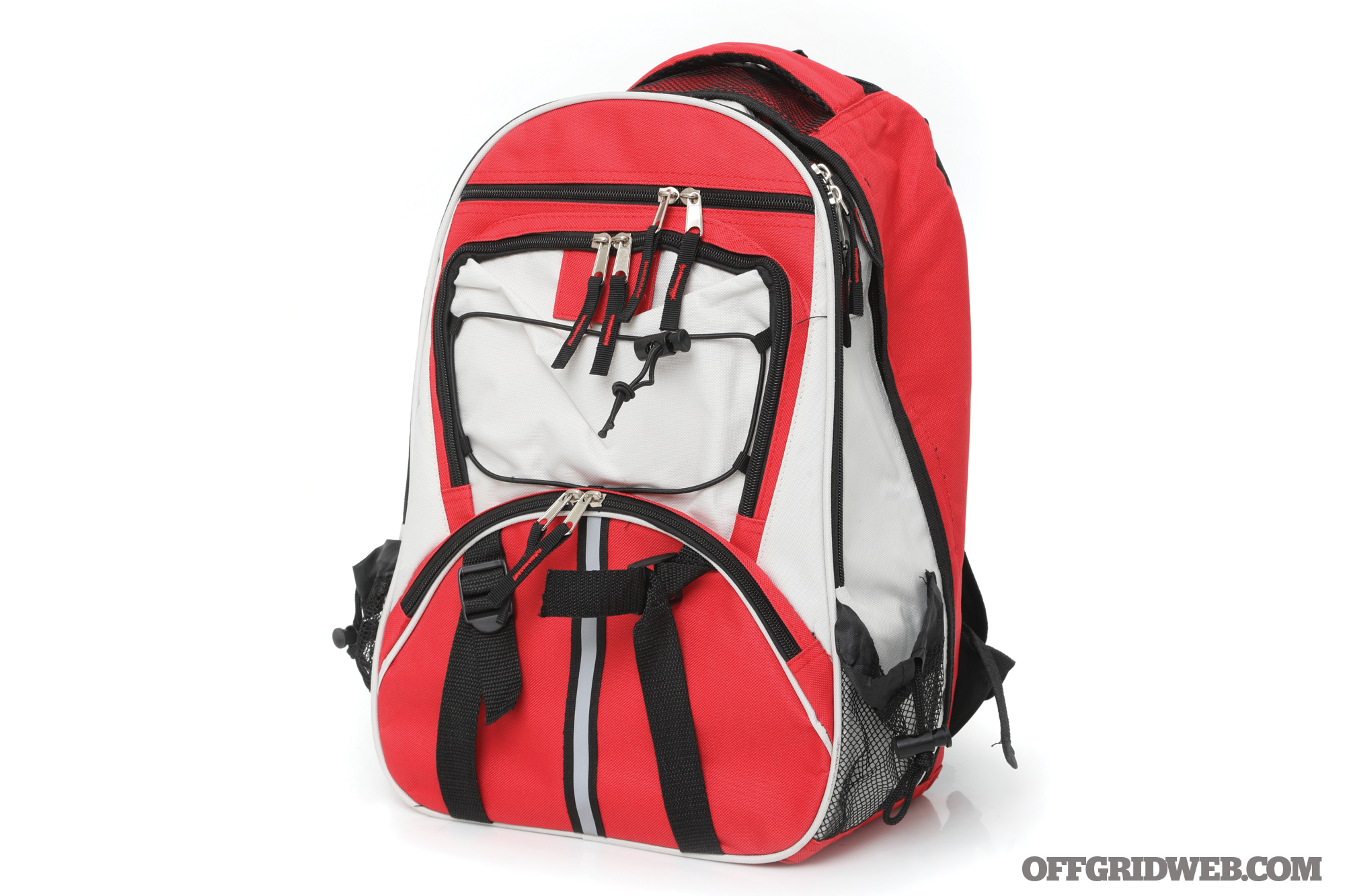
Colors
Red, white, and black
Dimensions
15 by 12 by 6 inches
Weight
8.5 pounds
MSRP
$80
URL
www.thecuresafety.com
Food
Pack of 6 400-calorie Mainstay food bars
Water
12 4-ounce water pouches
10 water purification tablets
1 straw
Light
1 LED rechargeable flashlight — recharges by squeezing the handle which generates and stores power
3 12-hour light sticks
Shelter/warmth
1 fleece blanket
1 plastic poncho
1 16-hour hand/body warmer
1 small pair of winter gloves
Respiration
1 N95 dust mask
Communication
5-in-1 survival whistle (includes signaling mirror, whistle, mini compass, fire-starter flint, and storage container)
1 pocket AM/FM radio with earbuds
Hygiene
1 toothbrush
1 tube of toothpaste
1 mini bar of soap
9 packets wet wipes
3 pocket tissue packs
First aid
37-piece portable first aid kit includes:
10 plastic adhesive bandages 3/4 x 3
10 plastic adhesive bandages 3/8 x 1/2
2 gauze pads
3 alcohol cleansing pads
1 butterfly closure
10 cotton tips in a reusable case
Entertainment
1 activity coloring book
4 crayons
1 children’s fishing toy
2. Stealth Angel Survival 1 Person Survival Kit for Children (72 Hours)
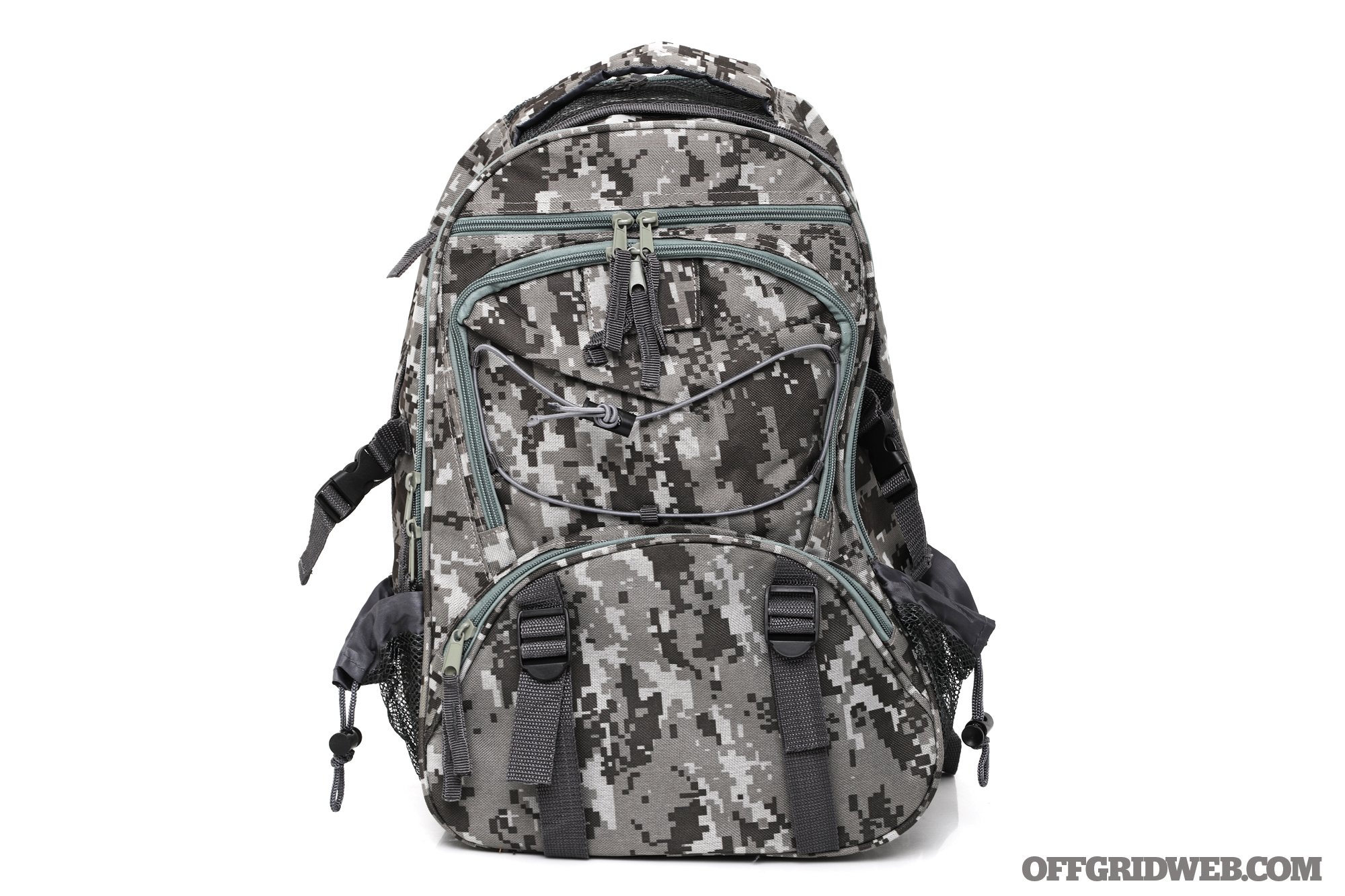
Colors
Camo; red, white, and blue. Waterproof dry bag and duffel bag versions are available as well.
Dimensions
15 by 12 by 6 inches
Weight
8.5 pounds
MSRP
$88
URL
www.stealthangelsurvival.com
Food
Pack of 6 400-calorie Mainstay food bars
Water
12 4-ounce water pouches
10 water purification tablets
1 straw
Light
1 LED rechargeable flashlight — recharges by squeezing the handle which generates and stores power
3 12-hour light sticks
Shelter/warmth
1 fleece blanket
1 plastic poncho
1 16-hour hand/body warmer
1 small pair of winter gloves
Respiration
1 N95 dust mask
Communication
5-in-1 survival whistle (includes signaling mirror, whistle, mini
compass, fire-starter flint, and
storage container)
1 pocket AM/FM radio with earbuds
Hygiene
1 toothbrush
1 tube of toothpaste
1 mini bar of soap
9 packets wet wipes
3 pocket tissue packs
First aid
37-piece portable first aid kit includes:
10 plastic adhesive bandages 3/4 x 3
10 plastic adhesive bandages 3/8 x 1/2
2 gauze pads
3 alcohol cleansing pads
1 butterfly closure
10 cotton tips in a reusable case
Entertainment
1 activity coloring book
4 crayons
1 children’s fishing toy
3. Emergency Zone Keep-Me-Safe Children’s 72 Hour Survival Kit
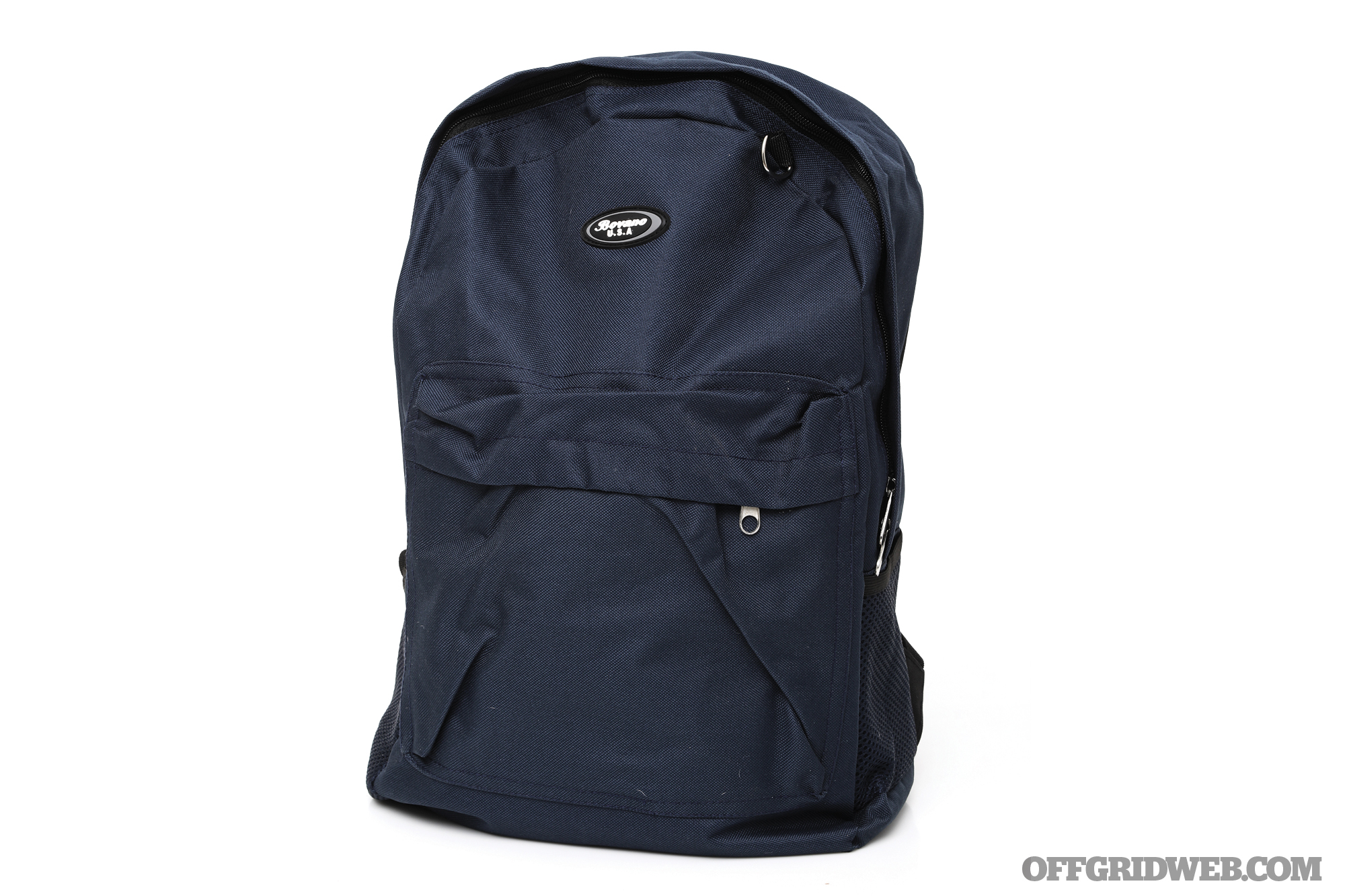
Colors
Black, navy, pink, purple, red, or royal blue
Dimensions
18 by 9 by 12 inches
Weight
6.5 pounds
MSRP
$60
URL
www.emergencyzone.com
Food
Pack of 6 400-calorie SOS Emergency Food Rations
2 energy bars
Water
6 4-ounce water pouches
1 plastic sports water bottle
Light
1 rubber flashlight with
2 AA batteries
1 light stick
Shelter/warmth
1 reflective blanket
1 plastic poncho
1 mylar blanket
3 hand warmers
Respiration
1 N95 dust mask
Communication
1 whistle
Hygiene
1 toothbrush
1 tube of toothpaste
1 mini bar of soap
6 packets wet wipes
1 packet conditioning shampoo
1 mini comb
washcloth
First aid
Pack of 10 children’s bandages
Entertainment
1 small plush bear
2 activity books
4 crayons
1 pad of paper and mini pencil
Findings
It was very interesting to examine each item included in these survival backpacks. Here are my findings, as well as some retrospective tips:
Compare the itemized list to the photo: I noticed the written description doesn’t always match up with the photo. For example, The Cure Inc. didn’t have the pocket radio and earbuds included in the description, but these items appear in the photo. The actual kit I received did include the pocket radio and earbuds. The description for Stealth Angel’s 1 Person Survival Kit for Children listed a “16 Function Tool, safety goggles, and sewing kit” in the description, but they don’t appear in the photo, nor were they included in the kit I received. The Keep Me Safe description didn’t itemize every item, but provided a general description of the contents. The photo on the website did match the actual items received. If you’re not sure whether an item is included or not, call the customer service number to clarify exactly what’s included.
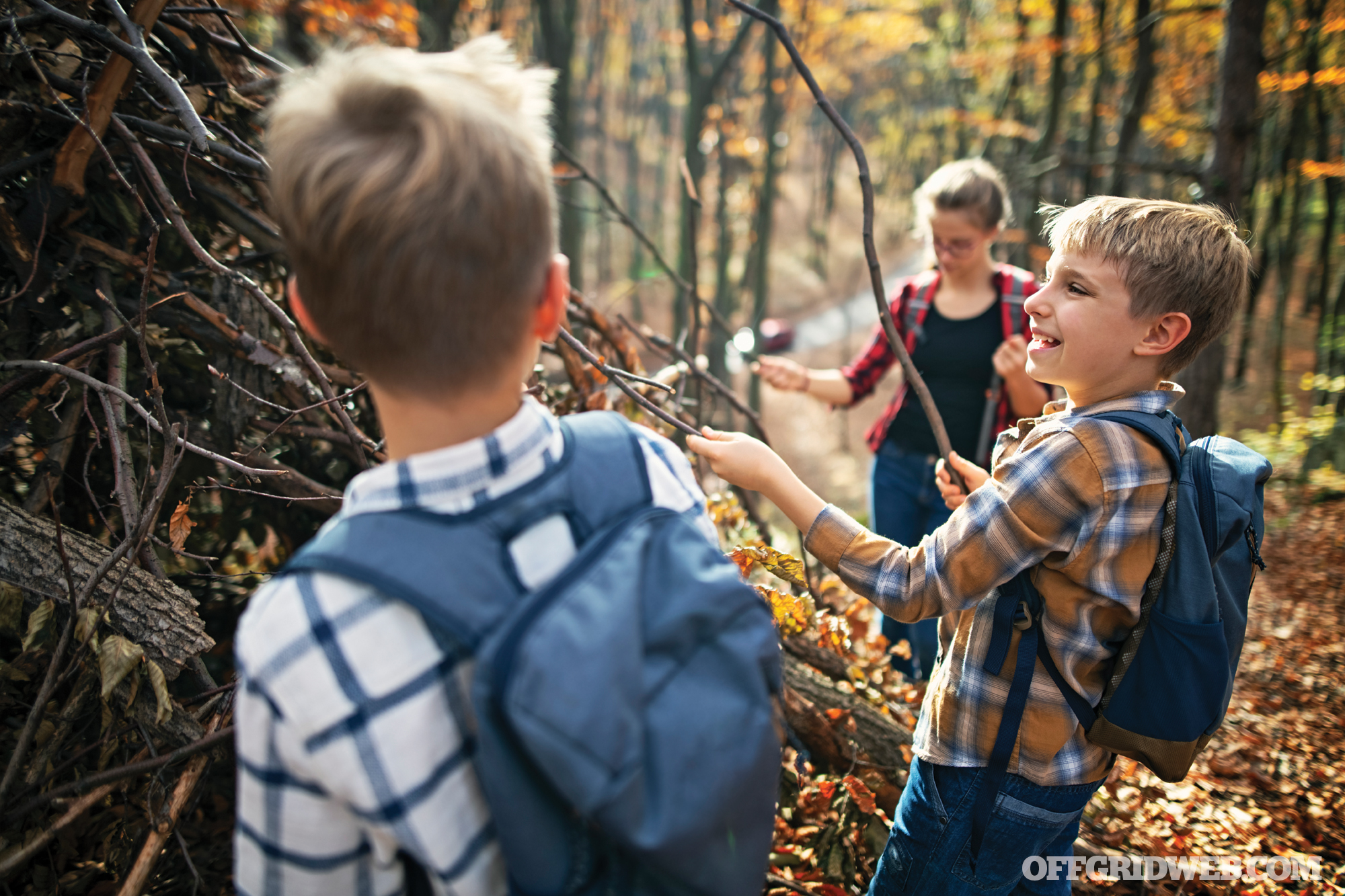
Compare prices: The Cure Inc. Children’s Survival Kit and Stealth Angel 1 Person Survival Kit for Children have identical contents. At the time of purchase, The Cure Inc. Children’s Survival Kit was listed at $56.95 and Stealth Angel 1 Person Survival Kit for Children at $77.95, although these prices have since changed. The only difference was that Stealth Angel offers a few different styles to choose from: a backpack in red, white, and blue; a camo backpack; a waterproof sack; or a red duffel-style bag. These style and color changes also affect the price by a few dollars. The Cure Inc. only offers the backpack in red, white, and black. Does this warrant the difference in price? The choice is yours, but this is an example of caveat emptor.
Food: All three backpacks contained a good amount of food for a child. Mainstay and SOS both contain high calories and nutrition, and are filling. The Cure Inc. and Stealth Angel Survival both included six Mainstay bars — the child can eat two bars per day. Keep Me Safe Children’s 72-Hour Kit included six SOS Bars, which are also high nutrition and high-calorie bars, and they also included two extra energy bars.
Water: Both The Cure Inc. and Stealth Angel Survival packs included 12 4-ounce water pouches; 10 water purification tables, and one straw. The purification tablets would be appropriate for older children who have learned about water purification. Keep Me Safe included six 4-ounce water pouches and one plastic sports water bottle.
Light: All three provided flashlights that worked just fine. The Cure Inc. and Stealth Angel provided three light sticks, while Keep Me Safe only provided one.
Warmth: All three provided adequate warming items in the pack. Both The Cure Inc. and Stealth Angel included a pair of children’s gloves, which was a nice touch.
Communication: All three provided whistles, but Keep Me Safe’s whistle was a basic one, while the other two brands provided a 5-in-1 survival whistle that also included a small mirror, which can be used for signaling.
Respiration: All three included the same N-95 mask.
Hygiene: They all provided good items to help with hygiene; however, the tissue packs included by The Cure Inc. and Stealth Angel are easier for a child to use than the washcloth.
First Aid: The pack of 10 children’s bandages provided by Keep Me Safe wasn’t as robust as the 37-piece portable first-aid kit included with The Cure Inc. and Stealth Angel, as theirs included alcohol cleansing pads as well as various sizes of bandages and gauze pads.
Entertainment: They all had adequate entertainment options, with Keep Me Safe having a slight edge since they included a pad and pencil, along with a small plush toy younger children would appreciate.
Conclusion
After comparing all the contents, I would have to say that The Cure Inc., with contents identical to the Keep Me Safe kit at a lower price, came out ahead.
Check back tomorrow for Part 2 of this article, which documents the contents of a budget-friendly DIY kid’s survival pack.


